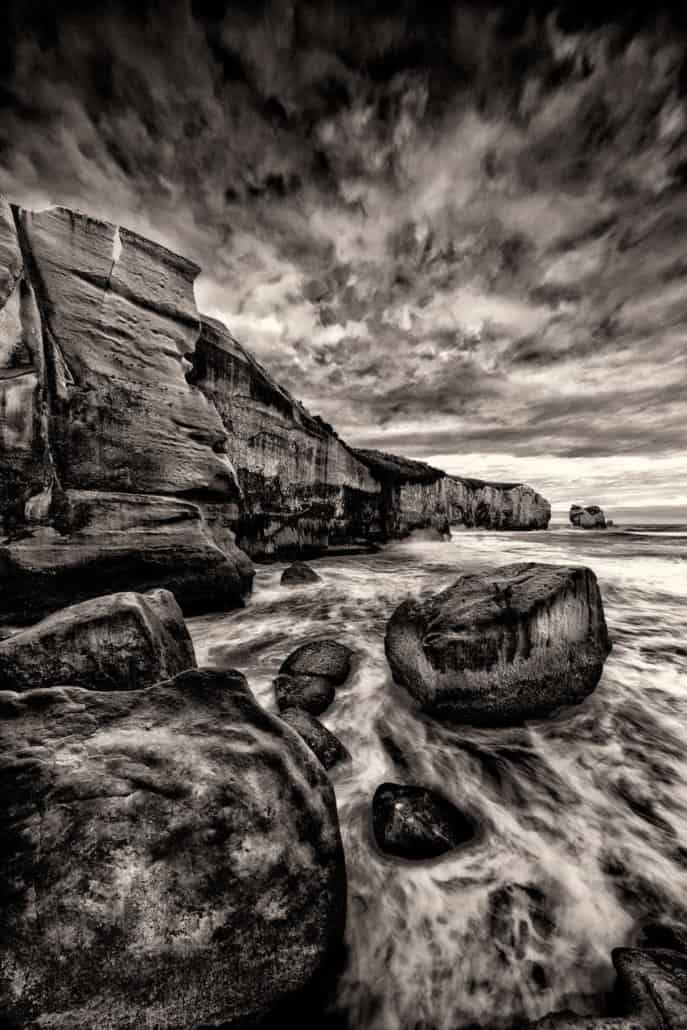Fearless
The subject of the female figure is an artistic tradition which indicates the historic value of beauty and fertility. Nudity has been a fundamental element of art throughout history. It has been used in paintings, sculptures, and other art forms to depict the human form, to express emotions and ideas, and to convey cultural and social messages. The role of nudity in art has changed over time, with changing cultural, religious, and social attitudes towards the human body.
In ancient times, nudity was often used in art to represent the supernatural. Nude female figures represented in art can be found as early as the Upper Palaeolithic era – the last Stone Age period. Similar images which represent fertility deities, gods and goddesses in Babylonian and Ancient Egyptian art were precursors to the works of Western antiquity. Greek and Roman artists frequently depicted gods and goddesses in the nude, as a symbol of their power and divine nature. Other notable traditions of artistic nude representations can be found in India and Japan: in particular, traditional Hindu temple sculptures and cave paintings -some very explicit- indicate the value of sexuality; a reveal a culture where partial or complete nudity was common in everyday life. In Early Christian art, the naked human figure was seen as a symbol of corruption and sin.
During the Renaissance period, artists began to incorporate the nude figure in their work more frequently, using it to express the beauty of the human form and to explore the complexity of human emotions. Athletes, dancers, and warriors statically express human energy and life, while nudes express basic and complex emotions. Artists like Michelangelo and Leonardo da Vinci created famous works depicting the nude figure. In the 19th and early 20th centuries, nudity became a more controversial subject in art. Artists like Édouard Manet and Gustave Courbet challenged traditional attitudes towards the human body, introducing more realistic and honest depictions of nudity. This trend continued into the 20th century, with artists like Pablo Picasso and Salvador Dali incorporating nudity into their works to express more surreal and abstract ideas.
Today, nudity in art continues to be a source of debate and controversy. Some see it as a powerful expression of human beauty and emotion, while others view it as inappropriate or even offensive. Despite this, nudity remains an important element of art, continuing to push the boundaries of what is acceptable by society. The nude has been a prominent subject of photography since its invention, and played an important role in establishing photography as a fine art medium. Fine art nude photography is a genre that captures the beauty and aesthetic of the human body, with an emphasis on form, composition, emotional content, and aesthetic qualities. This form of photography has been practiced for centuries and can be seen in various art movements such as classical, romantic, and modern. Fine art nude photography challenges and subverts societal norms and stereotypes surrounding nudity and the human body. It also celebrate the human form and explore themes such as sexuality, gender, and identity. It can also be controversial and may be subject to censorship and societal criticism.
Erotic interest, although often present, is secondary; which distinguishes art photography from both glamour and pornographic photography. The distinction is not always clear, and photographers tend to characterise their own work subjectively, although viewers may have different impressions. The nude is a controversial subject across all artistic mediums, but more so within photography due to the inherent realism. The medium examines issues of representation and identity, sexuality and voyeurism – some nude photography deliberately blur the boundaries between erotica and art. In the context of the 21st century, it is difficult to make an artistic statement in the medium of nude photography, given the proliferation of pornographic imagery – which has tainted the artistic subject in the perception of most viewers, limiting the opportunities to exhibit or publish artistic nude images
In this series, I explore the female nude figure through a collection of photographs on location. I aim to create images that are aesthetically pleasing and evoke an emotional response. I use lighting, composition, and posing techniques to create mood. I endeavor to respect the boundaries and sensitivities of my subjects and viewers and always obtain informed consent before creating these images. In presenting this series, I offer opportunities to contemplate and appreciate the juxtaposition between human and nature: soft flesh and harsh environment; life and stillness; white and black. The use of monochrome emphasises the nude shape and form, removing distracting elements to ensure that you focus on the beautiful feminine body language. These photographs portray powerful, vulnerable, and independent women who are depicted through fresh, inspiring and original artwork.
In presenting this series, I offer opportunities to contemplate and appreciate the juxtaposition between human and nature: soft flesh and harsh environment; life and still; white and black. The use of monochrome emphasises the nude shape and form, removing distracting elements to ensure that you focus on the beautiful body language. These photographs portray powerful and independent women who are depicted through fresh, inspiring and original artwork.
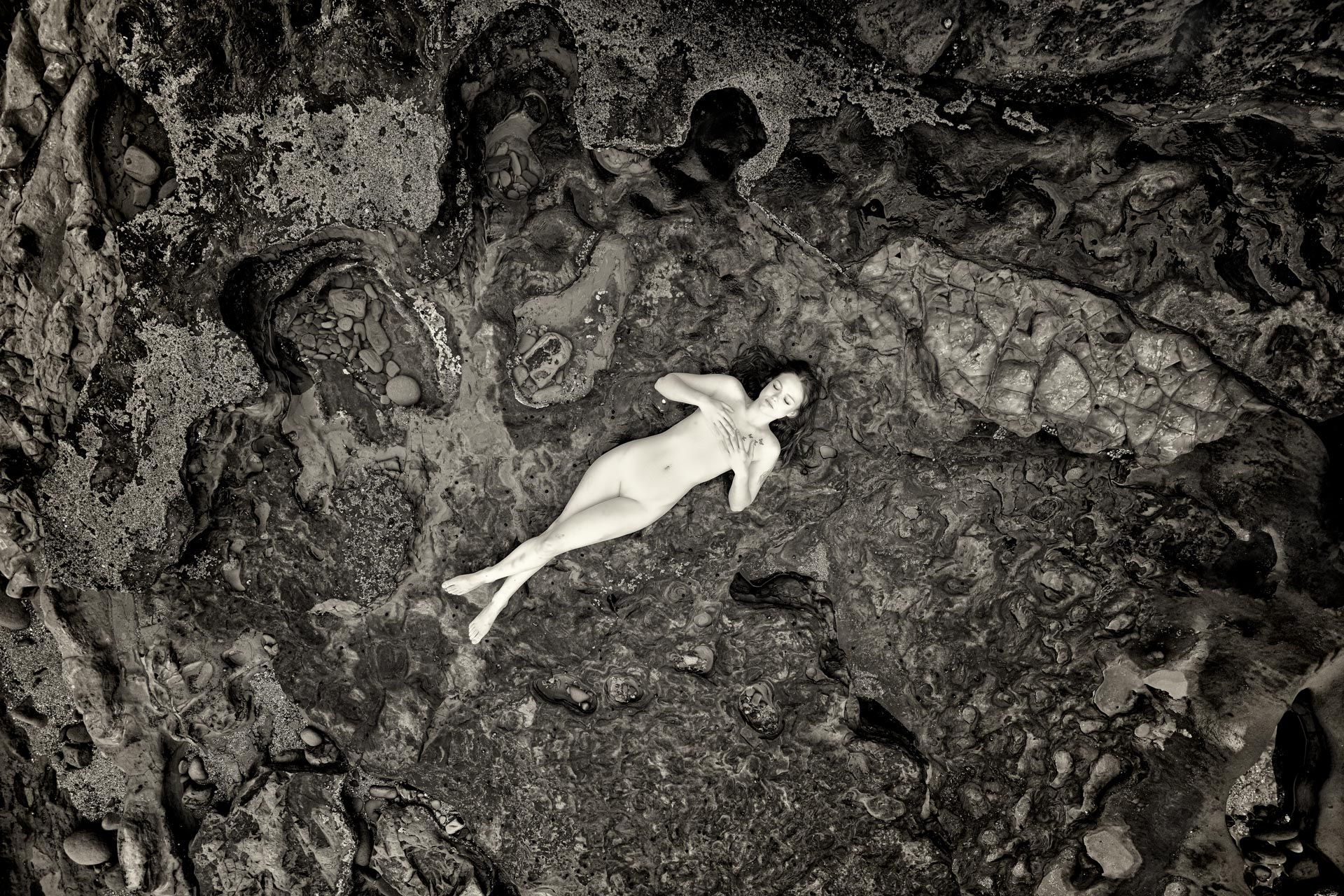
Zoe

Tamsin
I let the cold porcelain bruise it’s way into my knees
Some days I sit there long enough that my skin looks like it could peel from my flesh
I feel each individual drop of water soak the skin on my back rising and falling down protruding vertebrae
It flows no different to the rapids of a river rolling across jagged stone
And quietly to myself I beg it to wash away the ache that seems it has so effortlessly weaved its way into every cell in my body
The way cancer would spread
Or weeds over grow a garden once cared for
You are how I measure time now
Before you and after you
And you are how I measure beauty too
No one quite compares to you
I am not afraid of the dark anymore
It lives inside of me and I in it
On the nights my hearts composure decomposes
and my grief feels no different to drowning
I walk the streets of this ghost town I once walked with you
At witching hour just the moon and i
A humble smile as a disguise to mask the screams I hold inside
My body feels like bags of rocks
And I wonder if my blood feels the same way I do
As it pumps through each barren chamber of my heart pounding with each step I take
Slowly making its way through the road maps that are my veins
There’s life here
It’s just locked away somewhere hiding in fear
But I promise you a broken heart doesn’t beat the same as a happy one
I can feel it with every heaving breath that exhales from my blackened lungs
I can feel it
I am lucky
I walk amongst the living still
I say lucky because
I swear most nights I looked death in the face
As she invited me into the comfort of her embrace
I have knelt before the reaper
And let her seductively run her scythe along my throat
I wiped my tears on the foot of her robe
And let her fill my head with fantasies
Where we could run away together
She promised I wouldn’t miss you
She said if I let go
That she would take me to the oasis of souls inhabiting the emptiness that grief holds
But the grief would no longer be mine to hold
Most days now when death comes knocking at my door
I politely ask her to leave
I know my time will come but for now
I do not wish to be the reason that many may grieve
Or the reason their bodies become heavy with sadness that was never theirs to carry
So with the space you left in me
I raised an army of dead
With each day I’d wake and die all over again
And every version of me that buried itself
My body became its own graveyard
I used my necromancer hands to pull each piece of my soul from its grave
I collected my ashes and rose again with the fire of a phoenix
And I told her to wear the heartbreak like armor
Hold the emptiness as a shield
And anything that tries to take you let it fall into the void
Pick up your words, pick up your integrity
It is your weapon
And with each piece of me that has risen again
I slay the thoughts that threaten me
And I remain
With the words engraved in my body
I refuse to die.
2019 APPA
Delighted to win four Awards out of four print entries at the 2019 Australian Professional Photography Awards [APPA] by the AIPP. Established in 1963, AIPP promotes the profession of photography, enhancing the skill and knowledge of professional photographers. APPA is largest awards for professional print photography in Australia. A panel of five expert judges are looking for exceptional images that inspire and impress: images that exhibit visual and emotional impact, innovation and creativity. APPA is awarding prints that demonstrate excellence in skill, craftsmanship and conceptual development of an idea.
Woman on a Tree is an exploration of opposing forces: life and death, young and old, power and vulnerability, soft and hard. Its pertinence lies in the symbolism of contradictions. Contradictions are all around us. Humans continue to exploit and overwhelm the natural environment with industrial pollution despite global warming, and its ever present impact on earth. The dead tree, scarred from fires, represents mother nature’s vulnerability to the forces we inflict upon her. I explore the paradox that humanity needs trees to live, yet we keep cutting them down. Despite the beautiful environment being subject to incessant abuse, western society considers itself to be thriving, ignorant to greater issues. The interaction between the human form and the tree is like a love dance. An intimate moment, where the body caresses the tree and with that, offers a gentle apology, a moment of compassion. Humans can empathise with nature’s scars. We have scars too. Some are visible and others are hidden: scars from neglect, abuse, addiction or violence. We have the power to conceal our scars yet the tree is forever exposed. This woman is bare, reflecting the state of the tree. Demonstrating that despite paradoxical contradictions which taint our relationship with earth, we can still find comfort, as she does here. Comfort in one’s skin and comfort in the company of nature. The story that accompanies this piece invites the viewer to reflect on their own identity politics, creating a moment to contemplate our complex relationship with nature. I depict the woman in her most natural state, one with nature. By embracing the human form in all its glory and portraying the woman and tree side by side, it is my vision that the viewer embraces nature as a precious ephemeral organism that needs to be cherished and protected.
”I was diagnosed with grade 3 aggressive breast cancer in January 2016. My family has the BRCA1 mutation. Each child of a carrier has a 50% chance of inheriting the gene and each carrier has extremely high risk of cancer. Five of my six great aunts died of cancer by their forties. I had four different chemotherapy drug treatments as well as radiation treatment. Luckily, I had a positive response to treatment and the 5 cm tumour was totally destroyed. I underwent bilateral mastectomy with a two phase silicon reconstruction as well as a total Salpingo-oophorectomy. I also had a hysterectomy surgical operation to remove my uterus. Knowing I have beaten what by nature ought to have been certain death, gives me a sense of immediacy and urgency in life. There is no sense in waiting or hesitating because there is no guarantee of tomorrow!”
This image represents drought. Climate change has brought drastic changes to many regions on earth. Global warming is causing severe drought. Huge areas that were once fertile are no longer suitable for agriculture. Millions of people are already impacted by these catastrophic changes. A deadly civil war in Syria has erupted when the government decreased the allocation of irrigation water to farmers. Vast regions in Iran are no longer cultivated and the population is helpless. They cannot grow any fruits or vegetables. The earth is dry and so is the woman’s skin, both are cracked. The woman is bare, she is completely exposed – just like our land. This is a desperate call to stop the devastating impact of industrial pollution on our planet.
Balck & White Spider Awards Nominee – Drought
CONGRATULATIONS on being a Nominee at the 13th Annual Black & White Spider Awards with Drought
6,404 entries were received from 77 countries and your work received a high percentage of votes overall. Certainly an achievement, well done!
The Jury represented the industry’s biggest names and tastemakers including Penguin Random House, London; Contrasto Galleria, Milan; Young & Rubicam, Lima; Harper’s Bazaar, UK; Victoria Film Festival, Canada; Aeroplastics Contemporary, Brussels; Silvan Faessler Fine Art, Zurich; Time Inc., London; Galerie Hubert Winter, Vienna; Conny Dietzschold Galleries, Cologne; and Fratelli Alinari Photography Museum in Florence who reviewed the entries online before making their nominations and honoring 692 title awards and 952 nominees in 32 categories. The Awards could not have wished for a better group of professionals to work with.
Dry Earth
This image represents drought. Climate change has brought drastic changes to many regions on earth. Global warming is causing severe drought. Huge areas that were once fertile are no longer suitable for agriculture. Millions of people are already impacted by these catastrophic changes. A deadly civil war in Syria has erupted when the government decreased the allocation of irrigation water to farmers. Vast regions in Iran are no longer cultivated and the population is helpless. They cannot grow any fruits or vegetables. The earth is dry and so is the woman’s skin, both are cracked. The woman is bare, she is completely exposed – just like our land. This is a desperate call to stop the devastating impact of industrial pollution on our planet.
2019 North Shore Salon
Delighted to win a plethora of awards including seven medals at this year’s North Shore Salon! “Don’t enter again please” said one of the volunteers who helped out on the opening night…
“I am very excited to win these prestigious awards” says Ilan. “I am a portrait photographer, so winning both Gold and Silver in the People category is especially meaningful to me. I first entered this wonderful competition in 2010”, says Wittenberg “and it’s a big honour even to get an Acceptance”.
Established in 1995 by the North Shore Photographic Society [NSPS], the North Shore National Salon of Photography aims to promote the art of photography in New Zealand through a respectful and inspiring annual event. Founded in 1954, the NSPS has 150 members ranging from amateurs to professionals and from beginners to experts. Affiliated with the Photographic Society of New Zealand, it is part of a network of photographic clubs and societies across New Zealand. Each year, the Salon has run a competition for New Zealand photographers, with the 2019 Salon attracting 1,800 entries from 600 entrants including members from 33 photographic clubs and societies from Whangarei to Southland and overseas. The Salon convenes independent panels of six selectors to judge entries in various categories such as Impressionism, Scapes, People, Open, Abstract, Fantasy, Street Photography, Monochrome and Colour.
All awarded prints and digital images will be publicly exhibited at Mairangi Arts Centre and all accepted photographs are reproduced in a beautiful printed catalogue. The show is currently exhibited at Mairangi Art Centre until June 17 – entry is free.
Where
Mairangi Bay Art Centre, 20 Hastings Rd, Mairangi Bay, Auckland
When
Mon-Fri 9:30am-4pm
Sat-Sun 10am-2pm
Honours – 2019 North Shore Salon – Open category, digital
Drought
This image represents drought. Climate change has brought drastic changes to many regions on earth. Global warming is causing severe drought. Huge areas that were once fertile are no longer suitable for agriculture. Millions of people are already impacted by these catastrophic changes. A deadly civil war in Syria has erupted when the government decreased the allocation of irrigation water to farmers. Vast regions in Iran are no longer cultivated and the population is helpless. They cannot grow any fruits or vegetables. The earth is dry and so is the woman’s skin, both are cracked. The woman is bare, she is completely exposed – just like our land. This is a desperate call to stop the devastating impact of industrial pollution on our planet.
Ellie May Marshal
Ellie May Marshall is passionate, outrageous and a beautiful soul! Ellie was delighted to participate in Eyes to the Soul project: “For many years I was lost. floating, consuming, existing without a sense of true purpose, in the grips of mental illness and eating disorders. My heart was running on empty like a drained battery. Until I found Circus Arts. Aerial dance, spinning at the speed of light…
Trellic Tower
Trellick Tower is located on the Cheltenham Estate in Kensal Town, London. Opened in 1972, it had been commissioned by the Greater London Council and designed in the Brutalist style by architect Ernő Goldfinger. The tower was planned to replace outdated social accommodation, and designed as a follow up to Goldfinger’s earlier Balfron Tower in East London. It was the last major project he worked on, and featured various space-saving designs, along with a separate access tower containing a plant room.
High-rise apartments and Brutalist architecture were falling out of favour by the time the tower was completed, and it became a magnet for crime, vandalism, drug abuse and prostitution. Its fortunes gradually improved in the 1980s after the establishment of a residents’ association. Security measures were put in place and a concierge was employed, which led to lower crime levels. By the 1990s the tower had become a desirable place to live, and although it still contains predominantly social housing, demand for private flats has remained high. A local landmark, it has retained its distinctive concrete facade as a result. A fire broke out in 2017, but the concrete structure meant damage was limited, unlike the nearby Grenfell Tower. Trellick Tower has featured on film and television several times. The tower is 98 metres tall. It has a long, thin profile, with a separate lift and service tower linked at every third storey to the access corridors in the main building, which overall has 31 floors. Flats above and below the corridor levels have internal stairs, while the 23rd and 24th floors are taken up by maisonettes split over the two floors.
The service tower has two additional floors higher than the main building, which includes a projecting plant room that holds the main heating system. It is fully linked by stairs in addition to the lifts, and also has a refuse chute mechanism. The majority of the plant and the hot water storage tank is located in the plant room, which reduces the need for pumps and reduces the amount of pipework needed. Shorter pipe runs also reduce heat loss. The oil-fired boilers originally used became obsolete due to the 1973 oil crisis, the year after the tower opened. The flats now have electric heaters and the plant room, although disused, still houses most of the now defunct mechanism.
Goldfinger designed the entire tower block freehand on butcher’s paper. He planned various communal areas, and purposefully put slight variations in the structure so that each apartment would look different. Throughout, quality materials were used in construction, including better fixtures and finishing the balconies with cedarwood. It it was intended to be a good example of social accommodation alongside modern design.
Goldfinger had been encouraged to construct Trellick Tower by the London County Council. He took his inspiration from Balfron, where he had moved into one of the apartments in order to experience what life would be like for the tenants, and invited residents round for regular cocktail parties to tell him their likes and dislikes. This feedback was incorporated into the design of Trellick Tower. Many immigrants from the West Indies and the Caribbean settled in Trellick Tower, as for them it was one of the few affordable places to live in London. Construction costs ran to £2.4 million.
By the time Trellick Tower opened, high-rise tower blocks were becoming unfashionable. Goldfinger had intended that tenants should to be vetted for suitability, and petitioned the Council for the building to have proper security and a concierge but to no avail. This meant that the building was open access, and rough sleepers and drug criminals took up residence in its corridors. Drying rooms on the ground floor, designed by Goldfinger to stop tenants hanging laundry on the balconies, were vandalised before the tower block opened.
By the late 1970s Trellick Tower was a scene of crime and anti-social behaviour, and many tenants were very reluctant to move in. On one occasion vandals set off a fire extinguisher on the 12th floor, with water from the sprinkler system flooding the lifts and leaving the tower without electricity, heat or running water over the Christmas period. A pensioner was forced to use the stairs after all the lifts were out of order, and subsequently collapsed and died. On the 15th floor, a 27-year-old woman was dragged from one of the lifts and raped. The tower became nicknamed “The Tower of Terror” and residents attempted to be re-housed. In 1982 a man was killed after jumping off the top of Trellick Tower when his parachute failed to open. He was a member of a group of dangerous sports enthusiasts who were interested in jumping off fixed objects.
With the introduction of the “right to buy” council homes, several of the flats were bought by their tenants. On 8 October 1984 a new residents’ association was formed. As a result of pressure from the occupants, several security improvements including a door entry intercom system were installed and a concierge was hired in 1987. In 1994 residents in the tower, along with other residents in Kensington & Chelsea council properties, elected to self-manage the properties, in order to avoid increased rents and the threat of eviction.
In 1991 Sand Helsel, Professor of Architecture at RMIT, made a BBC documentary praising Trellick Tower, which helped to change public opinion in its favour. The tower subsequently became more respectable owing to its location in Notting Hill and the gentrification of Golborne Road. Property prices rose and flats in the tower came to be regarded as highly desirable residences; requests to sell flats began to be posted on the tower’s communal noticeboard. By 1999 a flat in the tower could sell for £150,000 (£239,000 as of 2016). The tower itself has become something of a local cult landmark and was awarded a Grade II listing in 1998, which included the main building and the adjacent row of shops and amenities.
On 19 April 2017 the top floors of the tower caught fire, believed to have been started by a discarded cigarette. There were no injuries. The building’s listed status meant that the concrete facade could not be covered over, which is thought to have prevented a far worse fire similar to Grenfell Tower which happened a few months later.
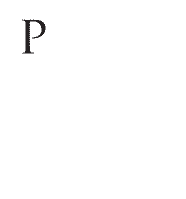

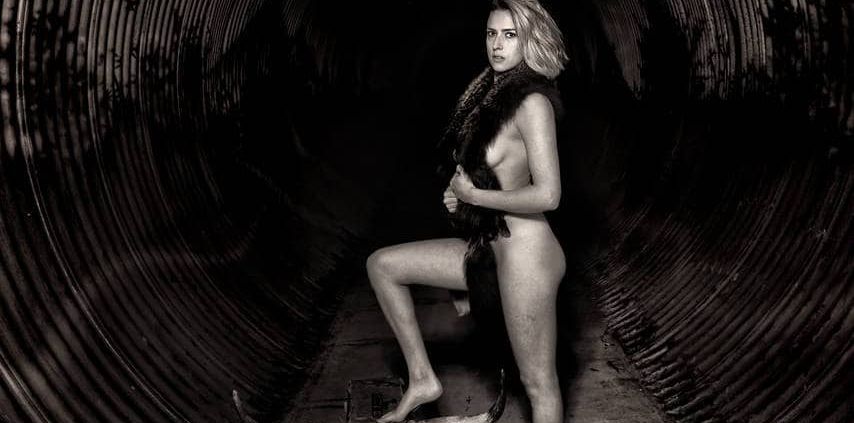 (c) Ilan Wittenberg
(c) Ilan Wittenberg
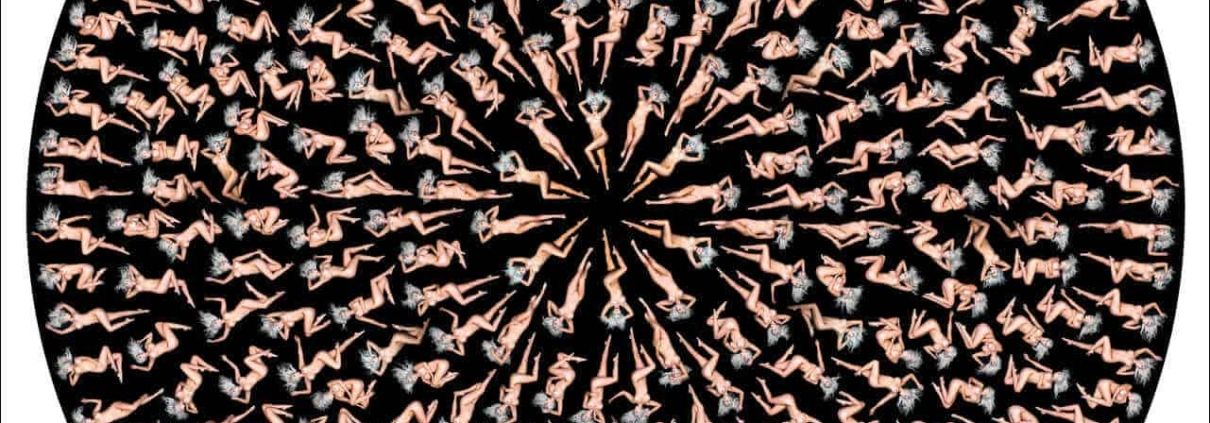 (c) Ilan Wittenberg
(c) Ilan Wittenberg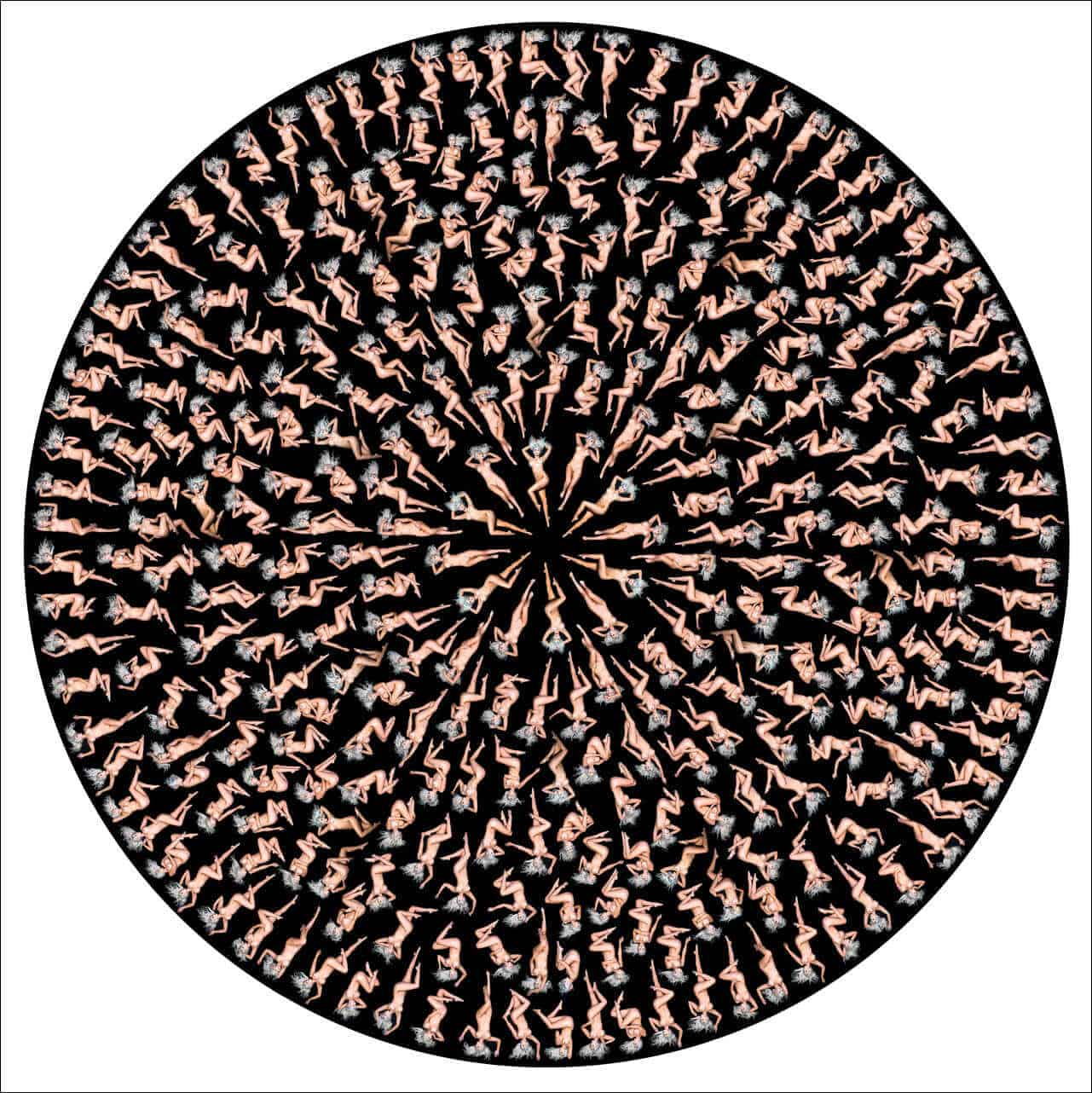
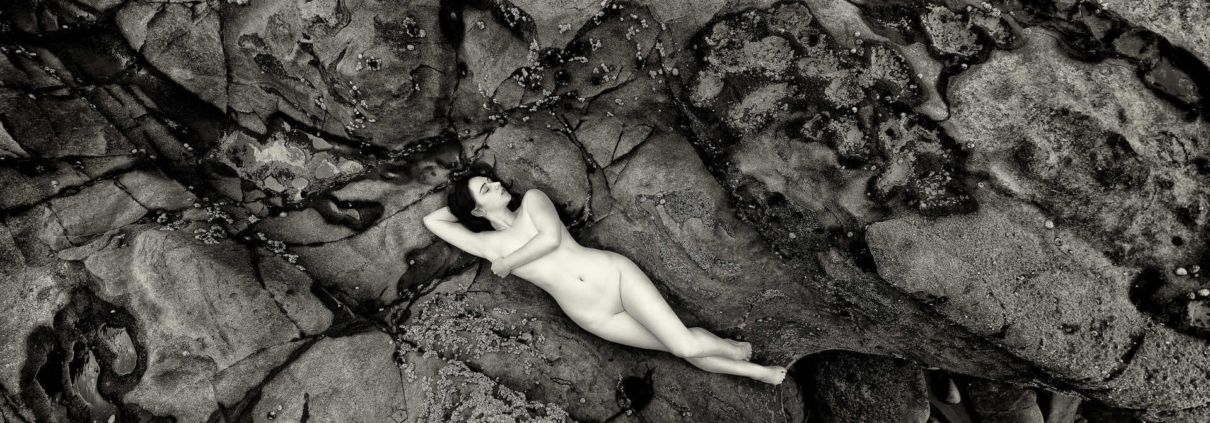 (c) Ilan Wittenberg
(c) Ilan Wittenberg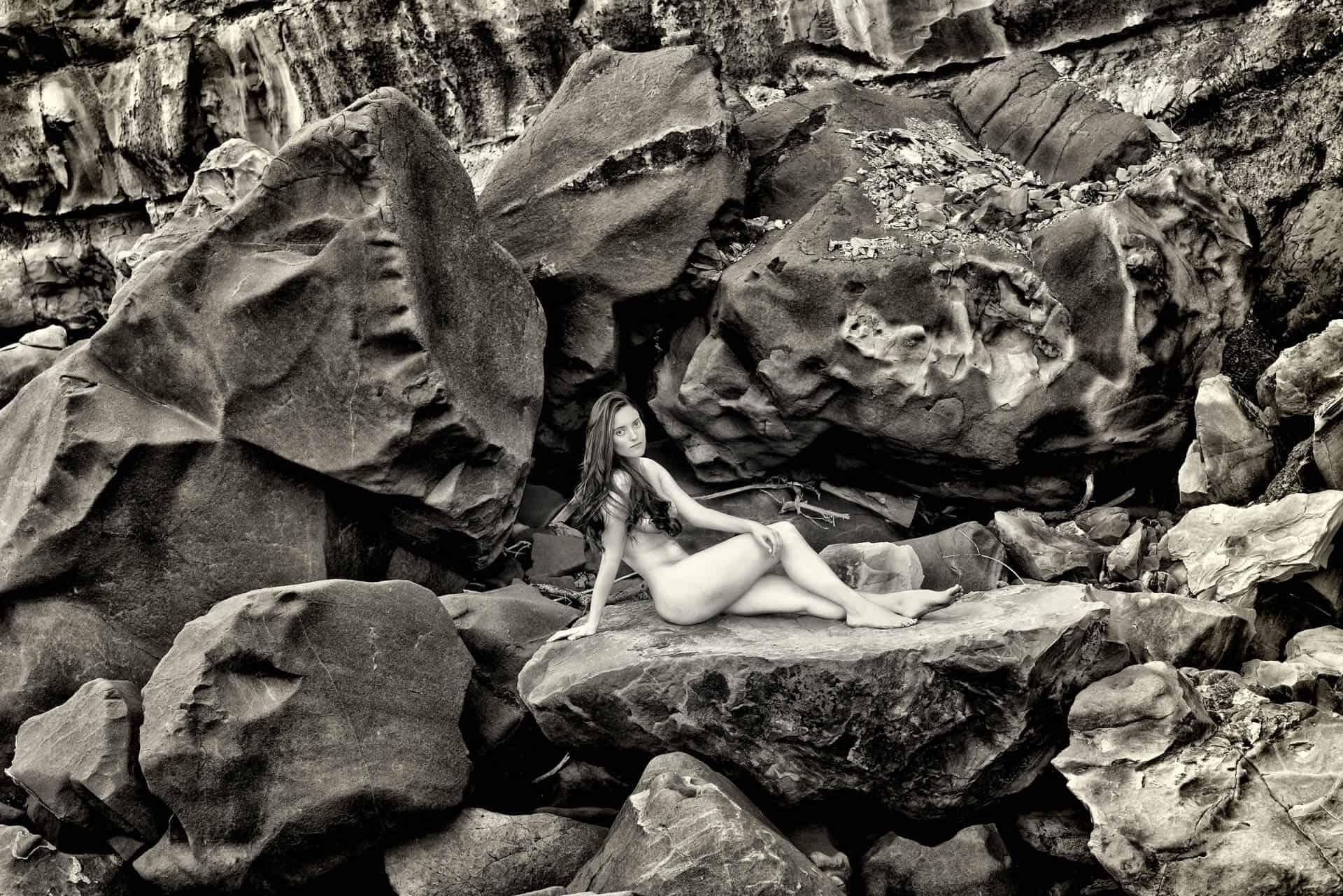

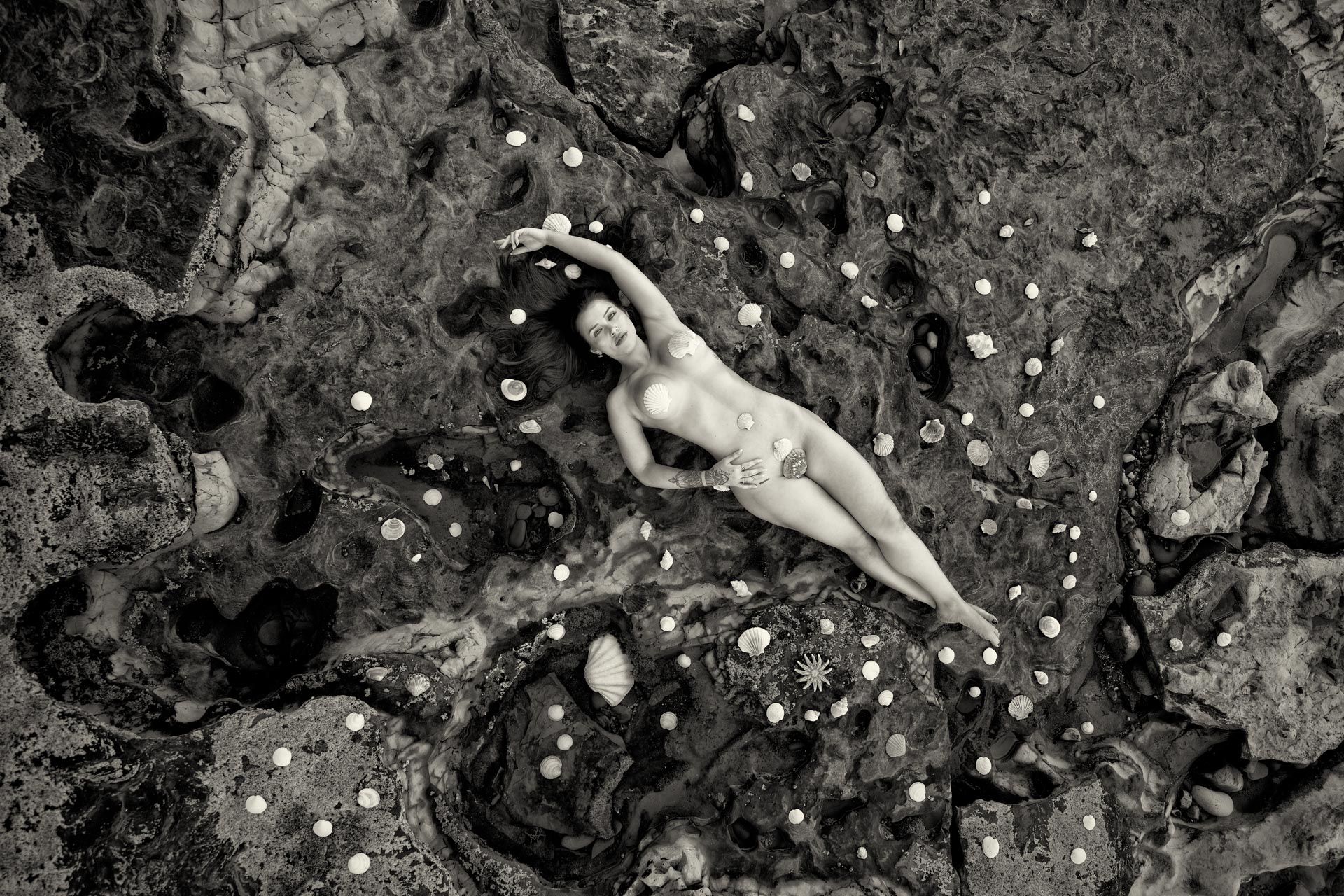
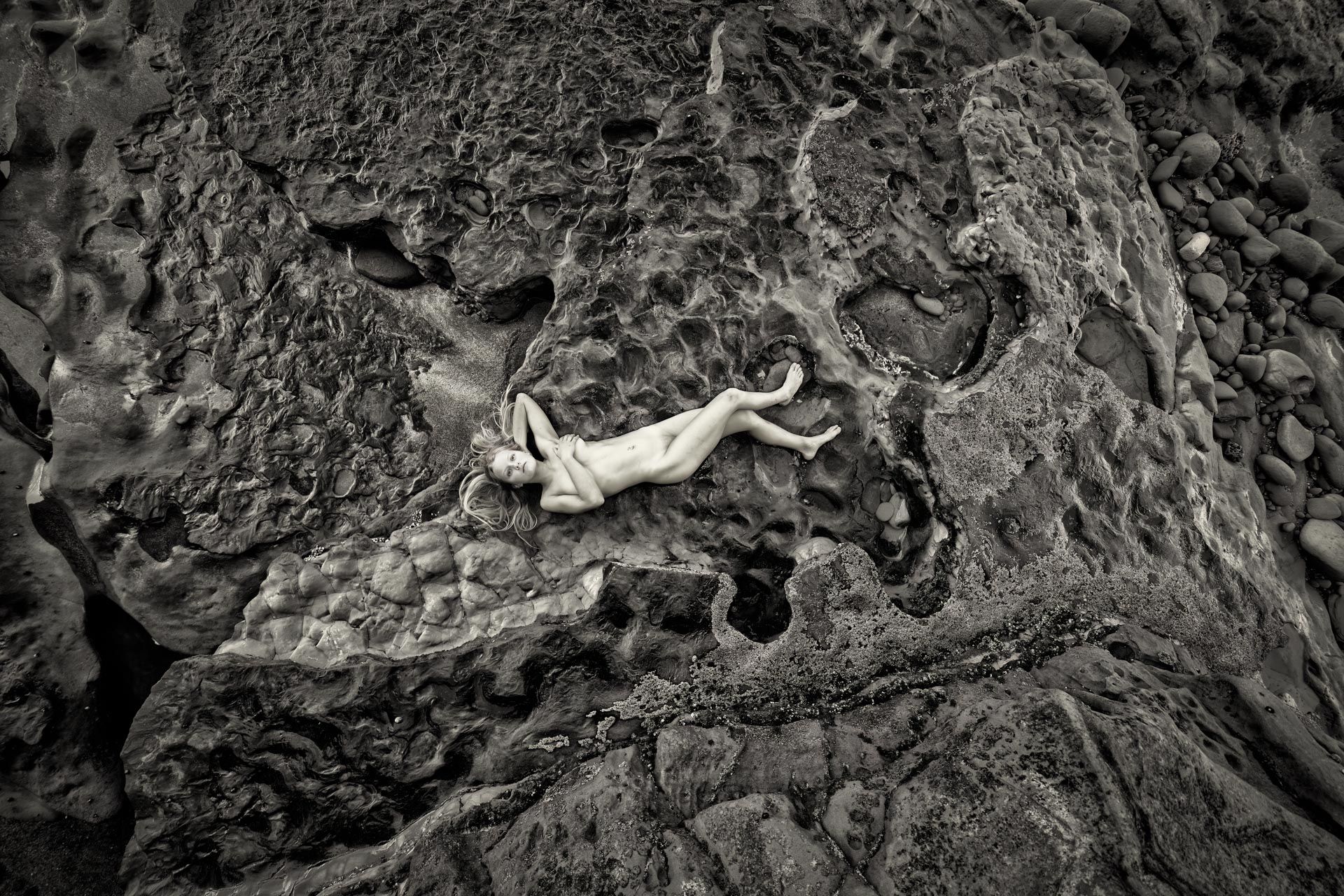
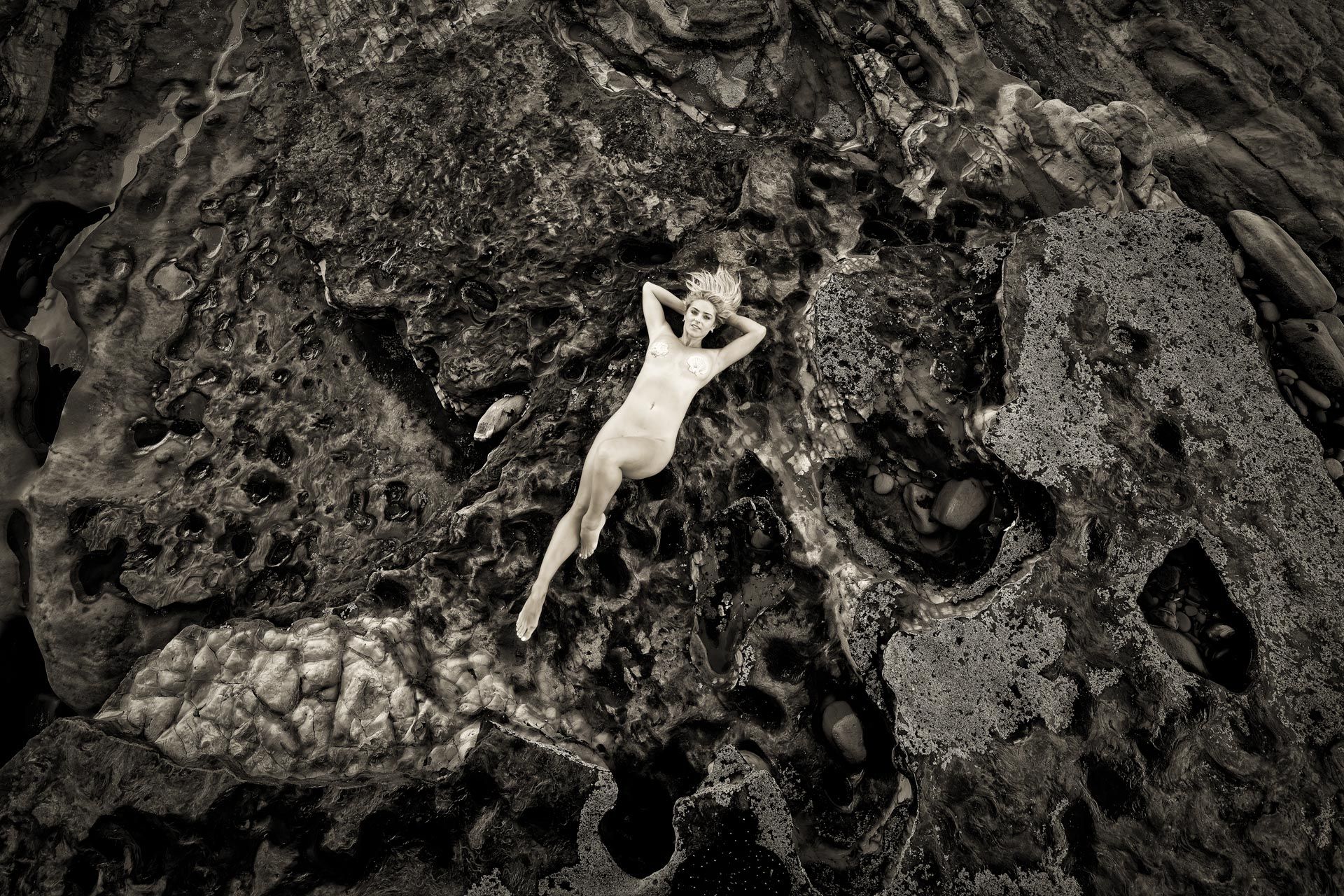
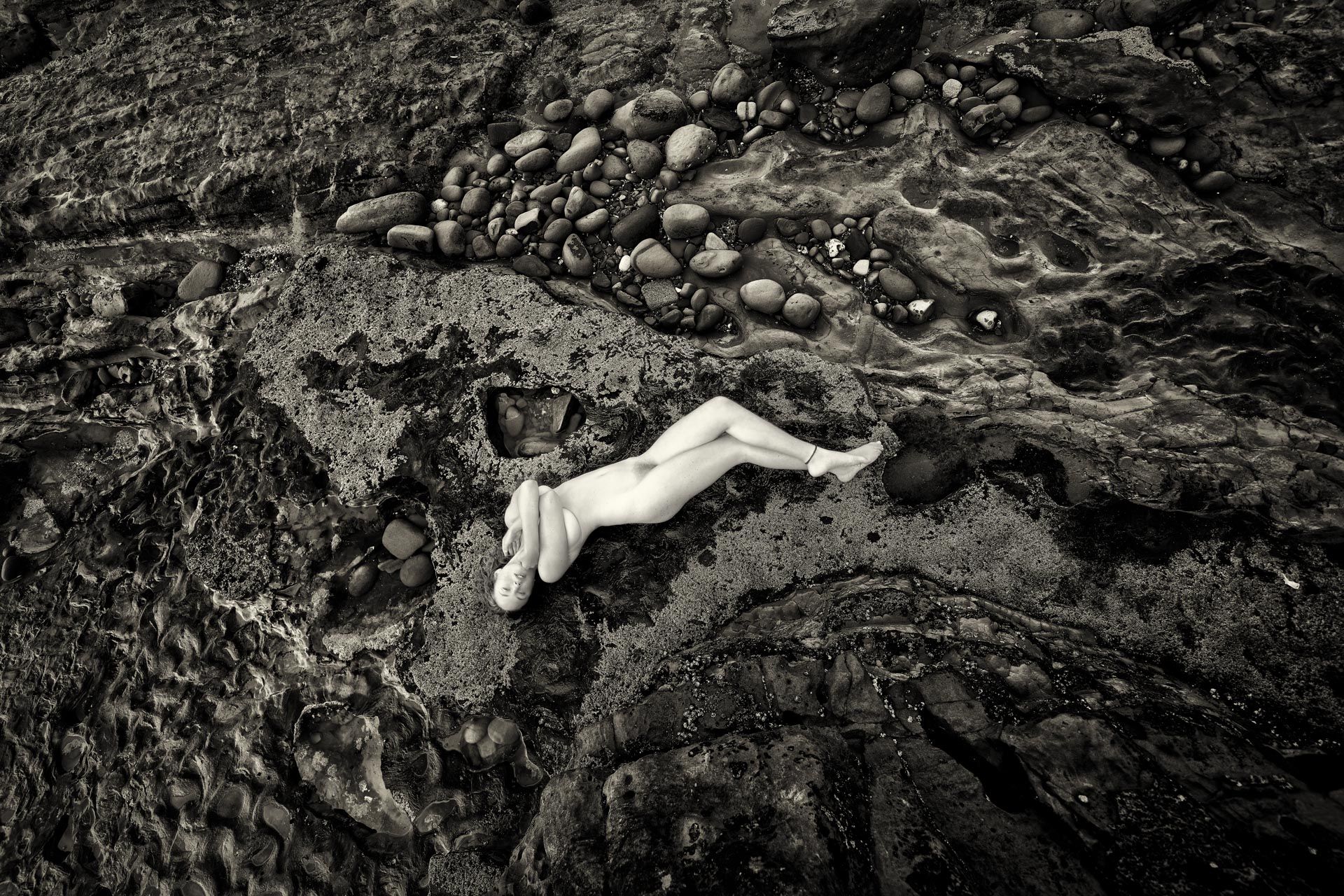
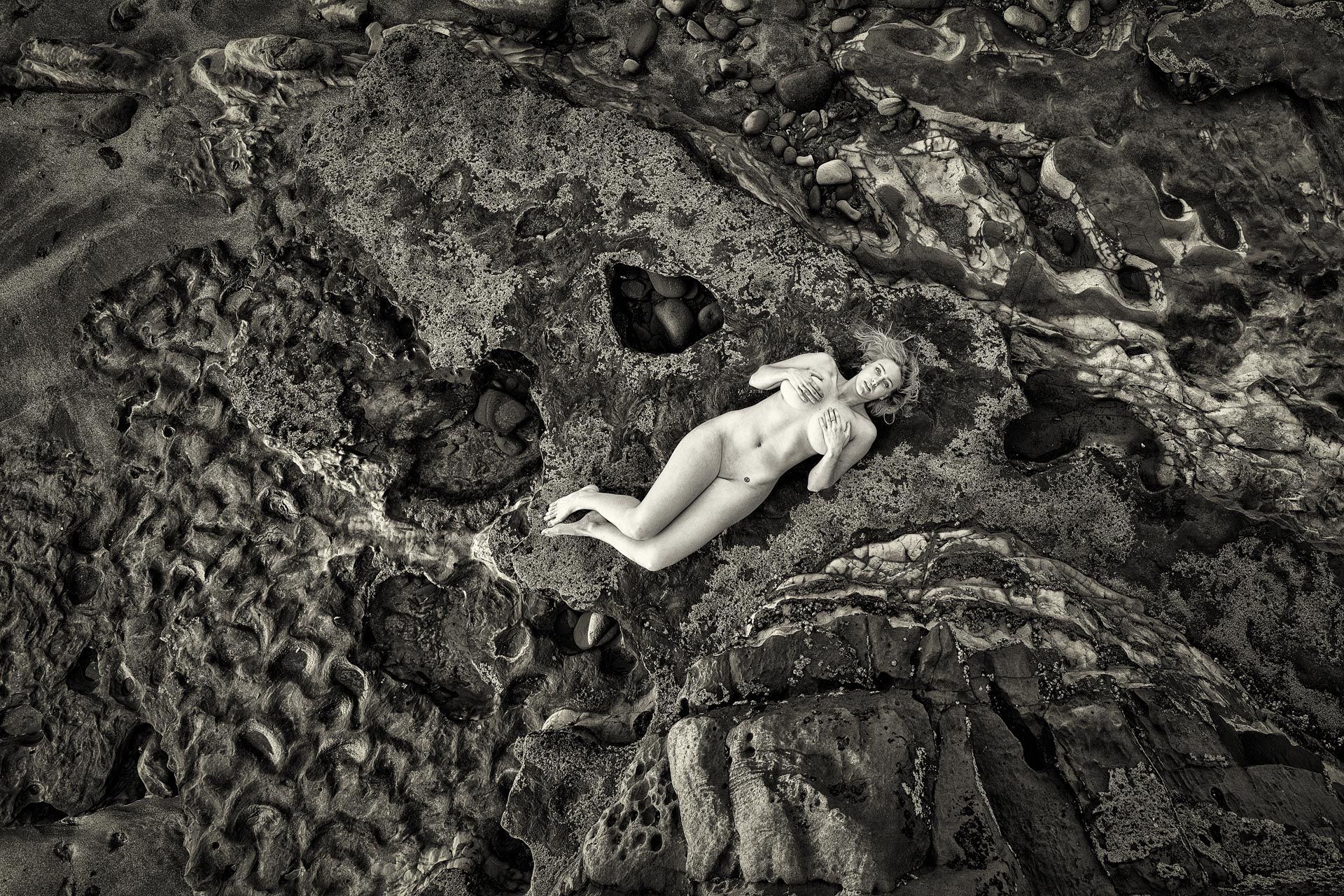
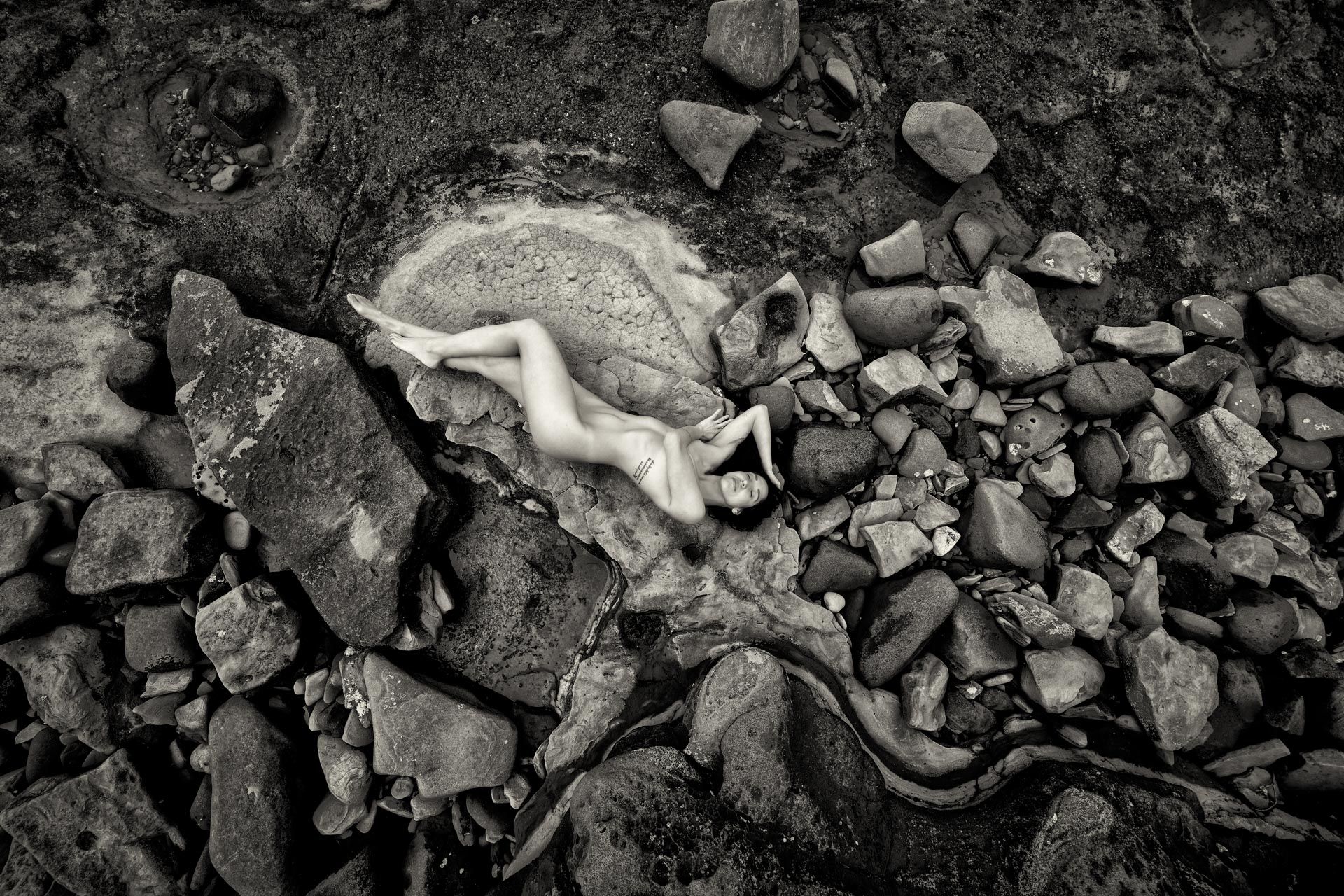
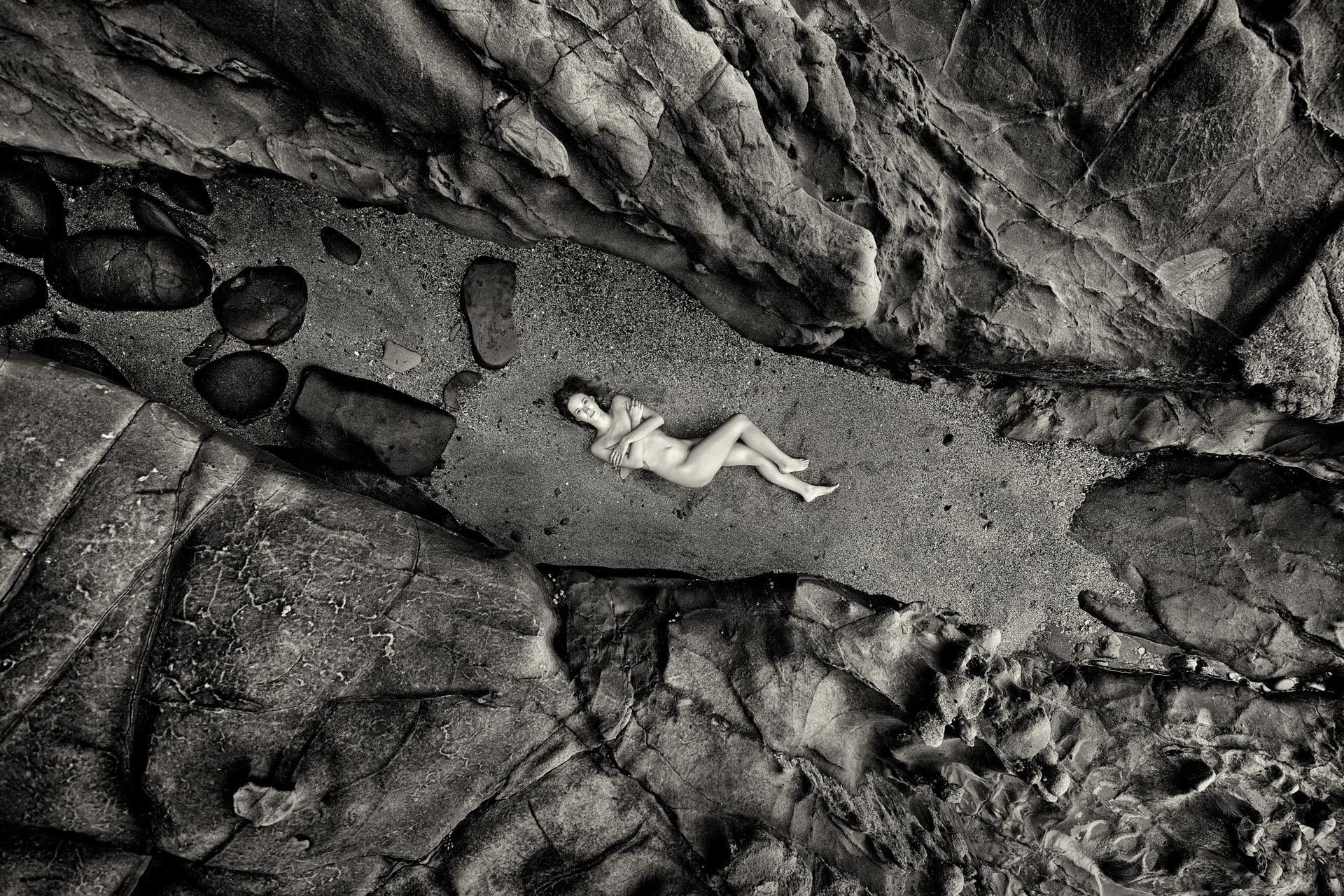
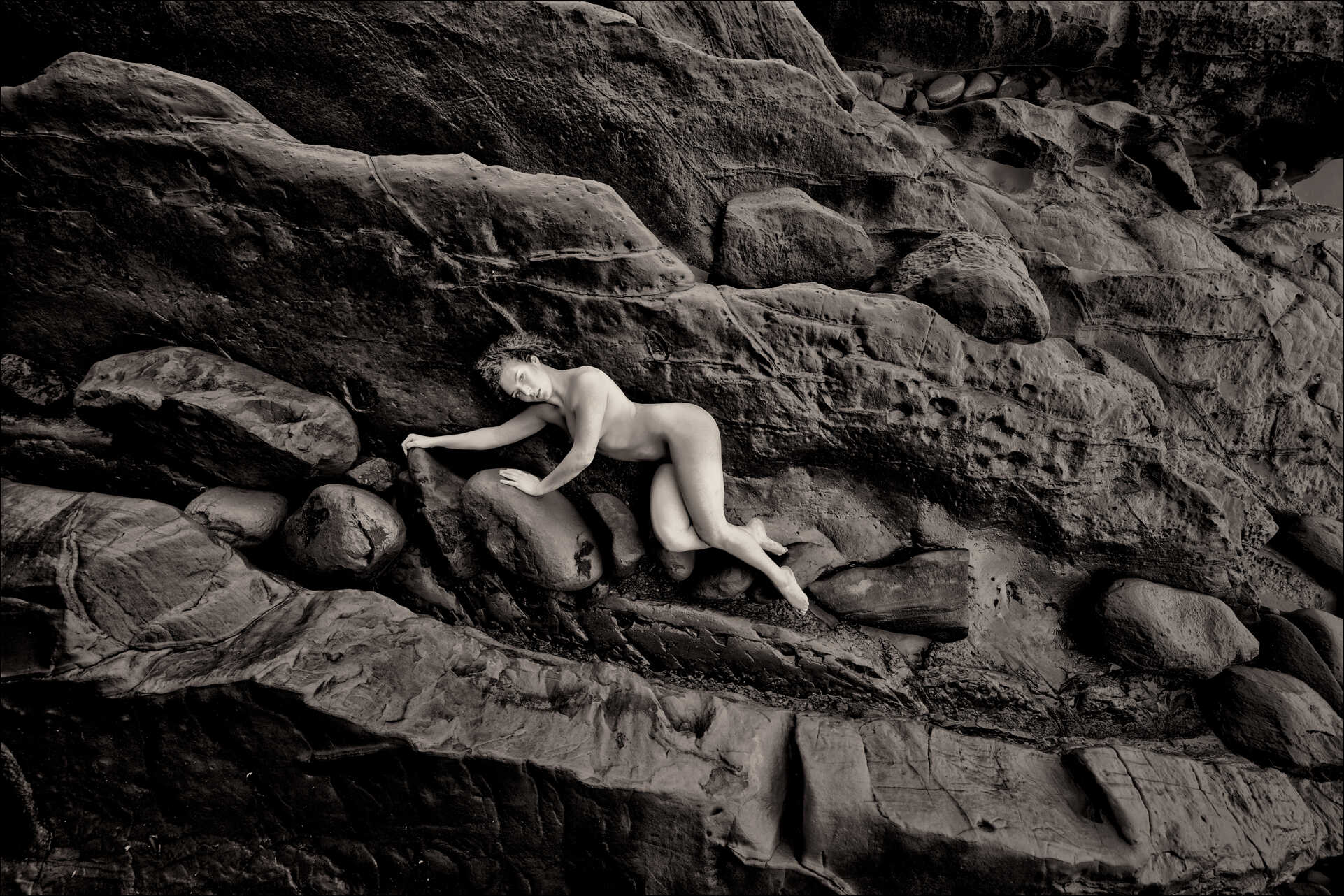
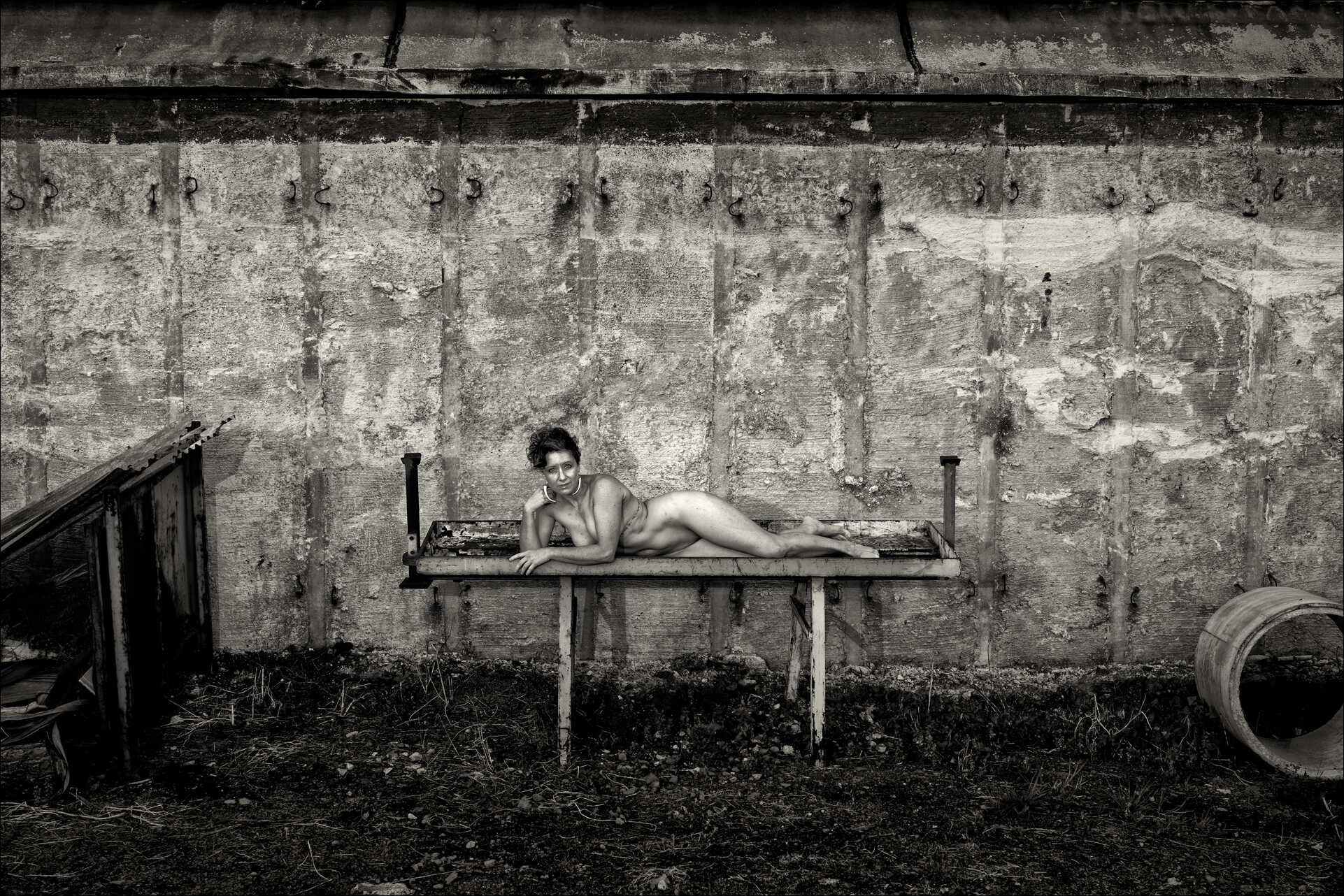

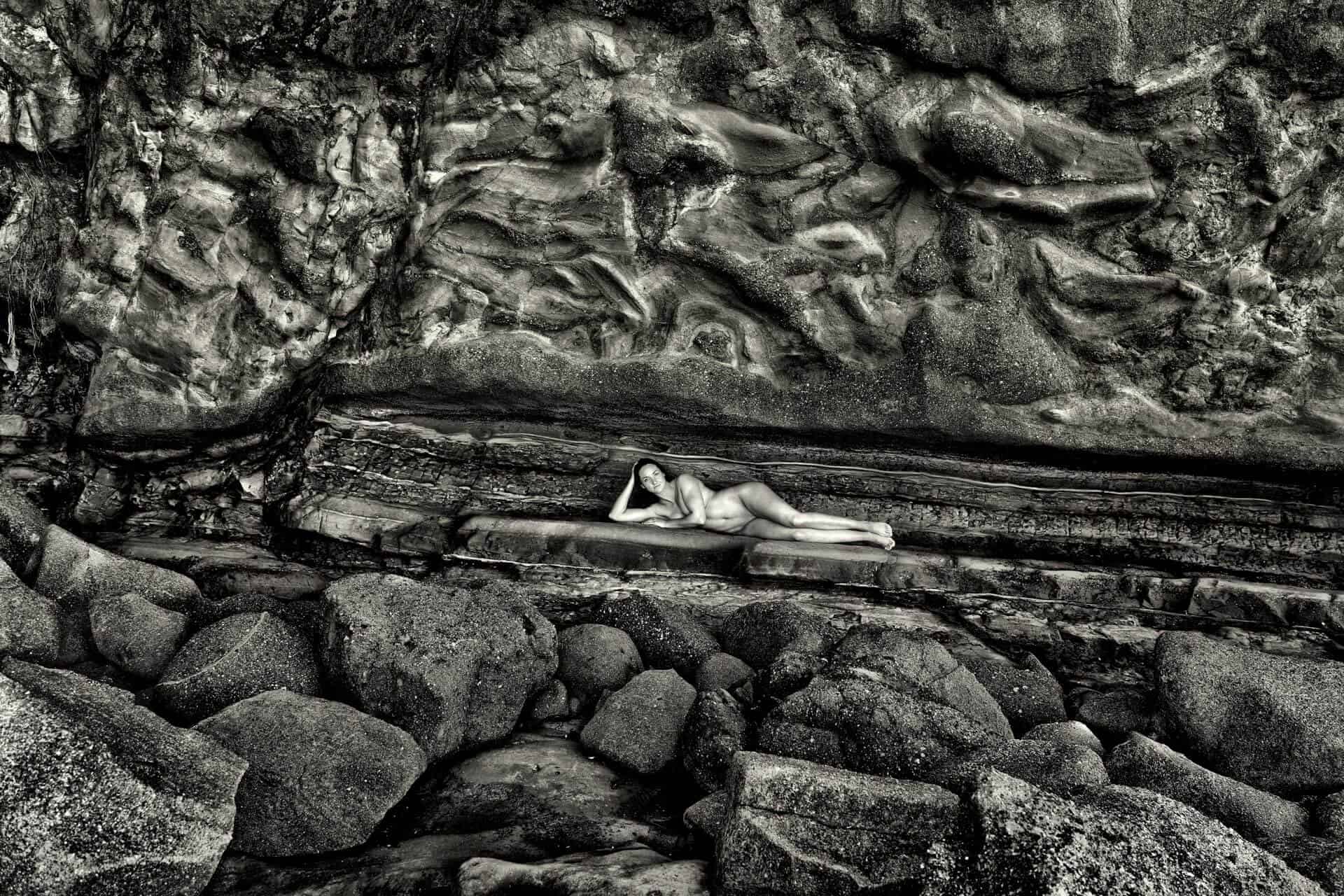
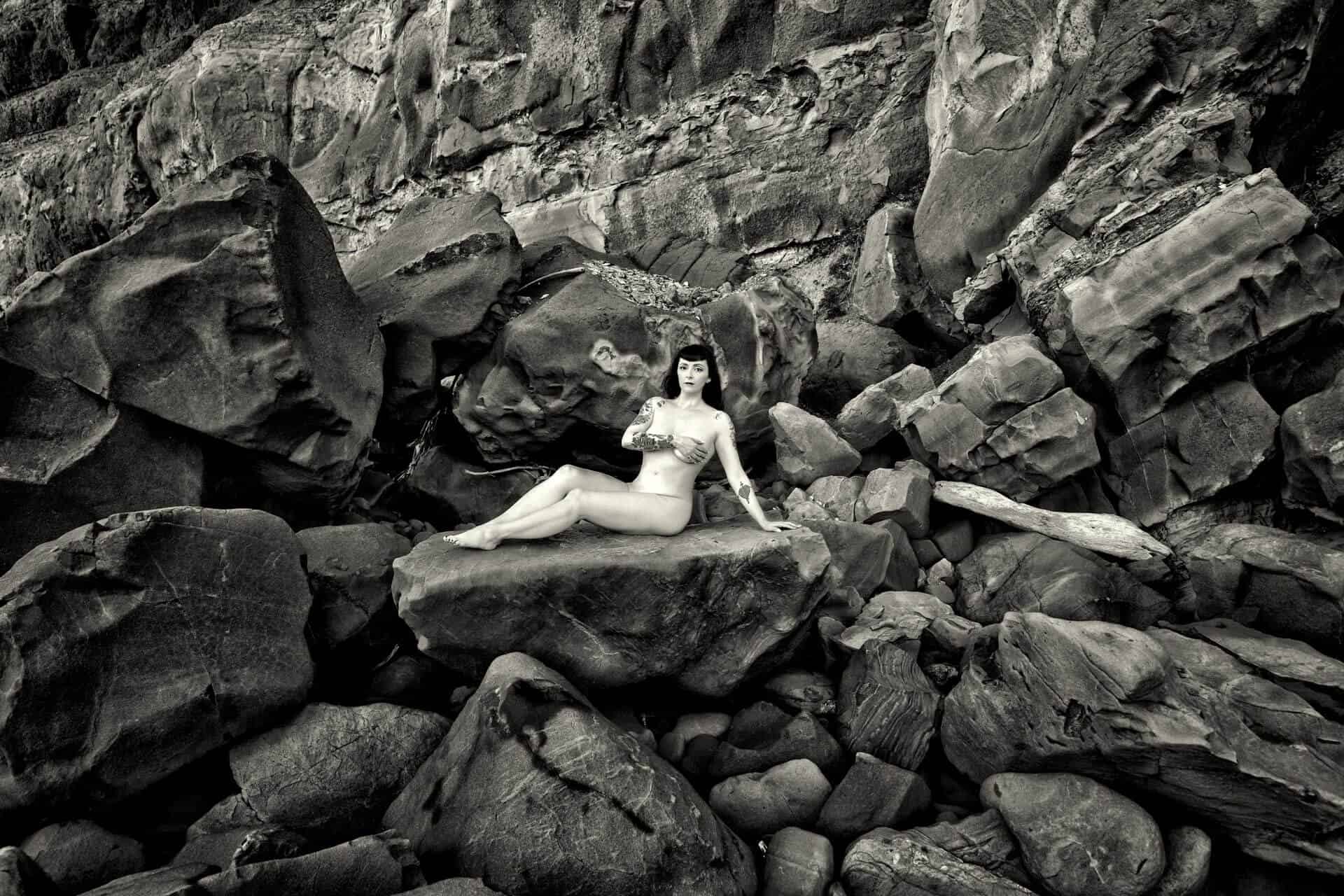
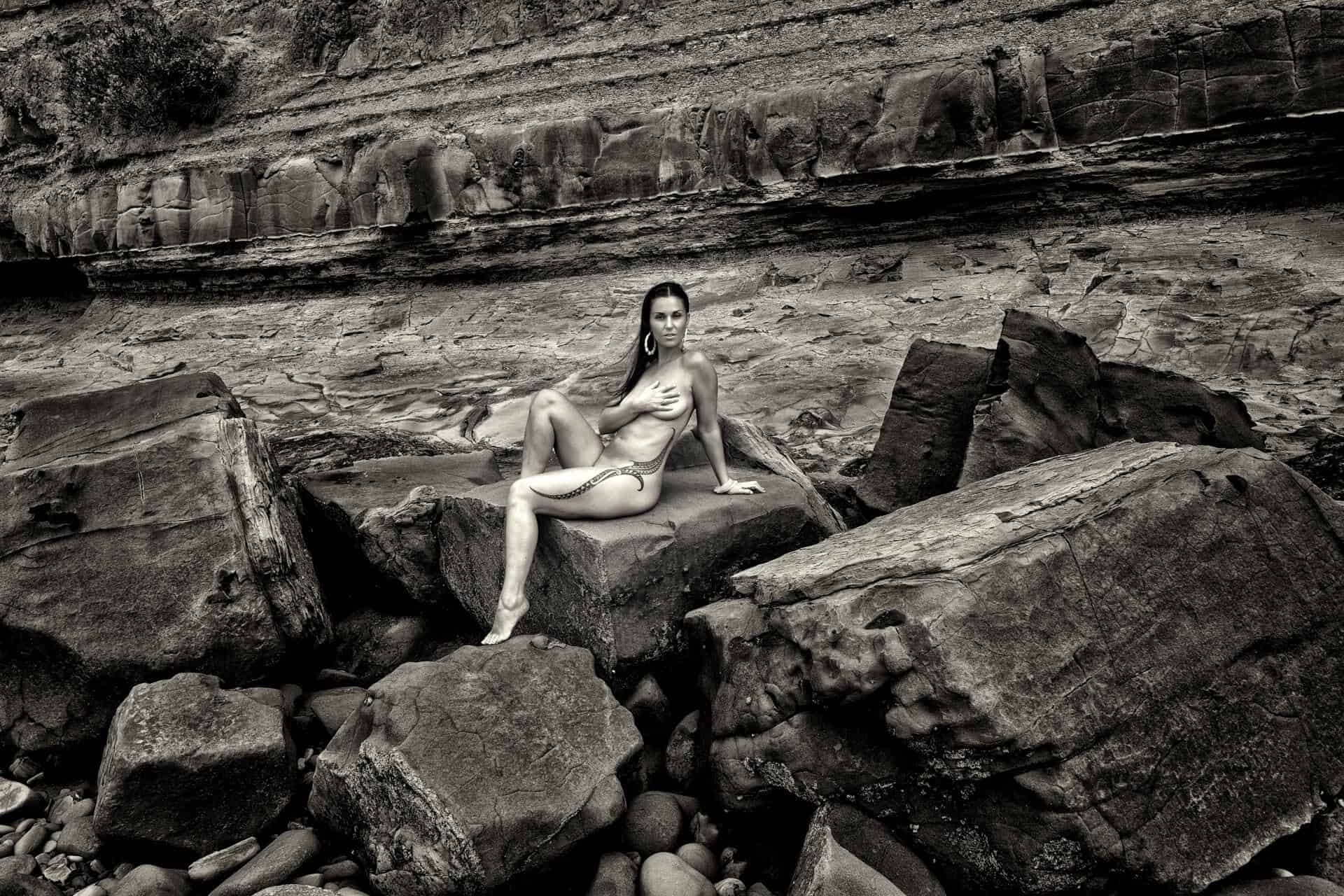
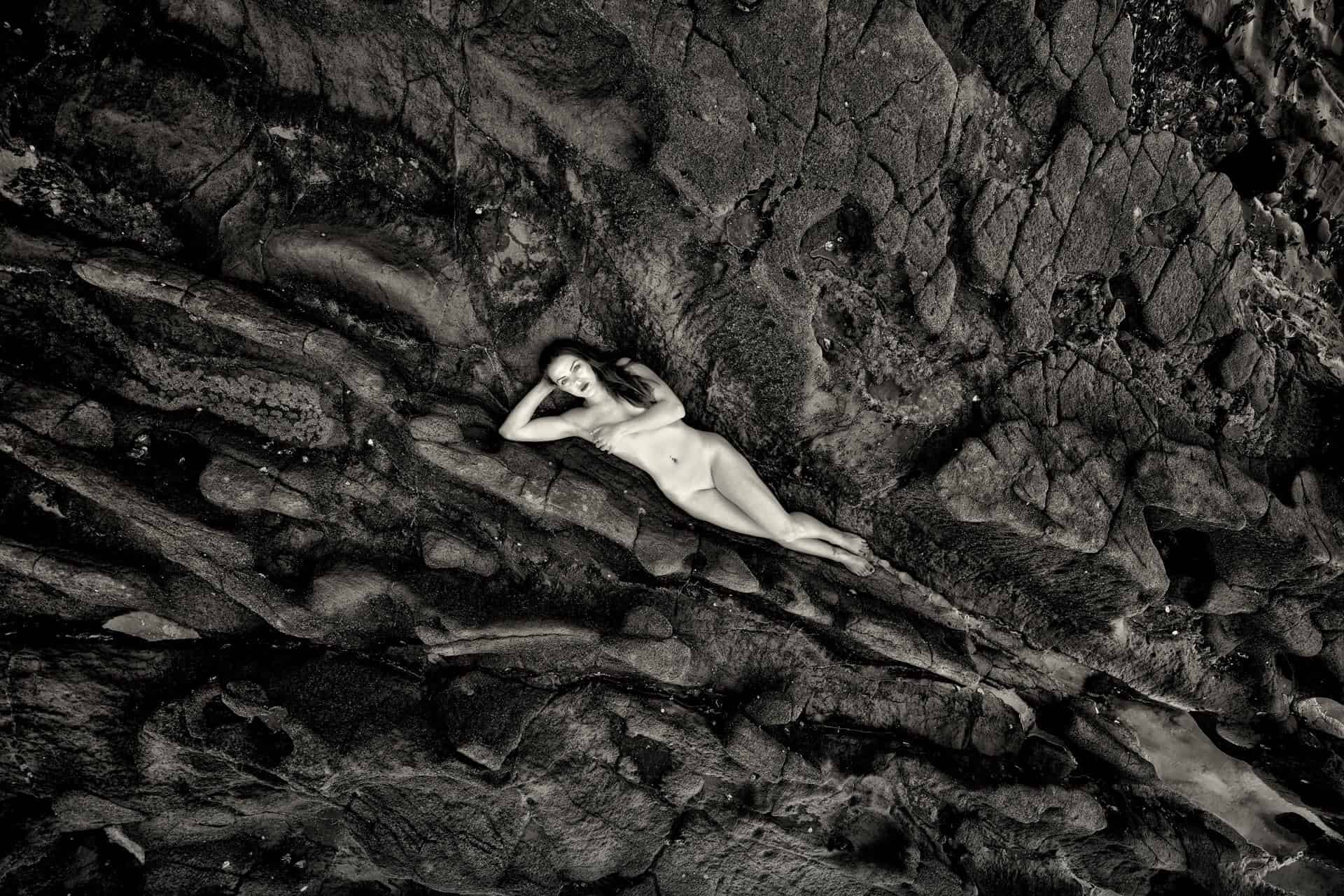

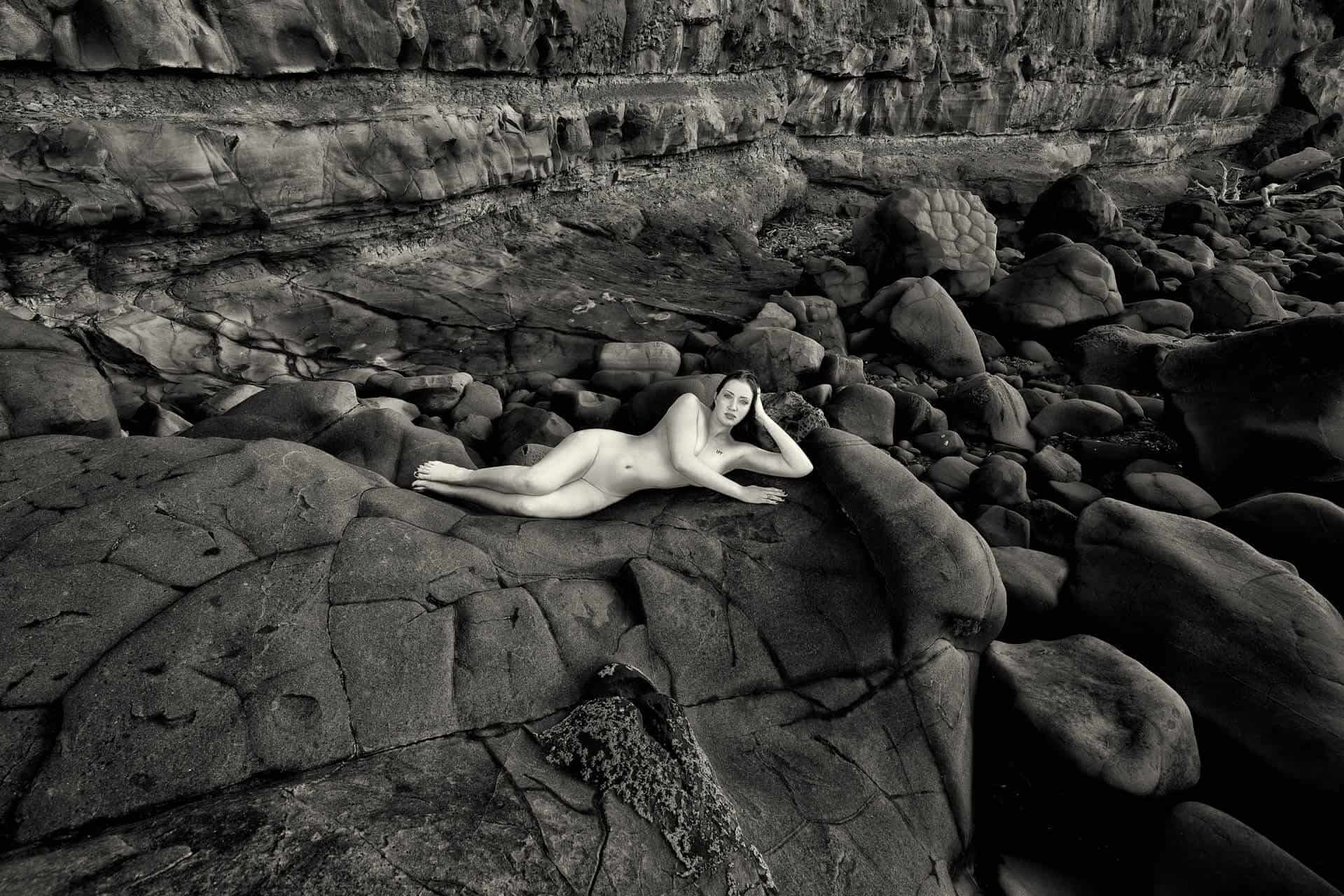
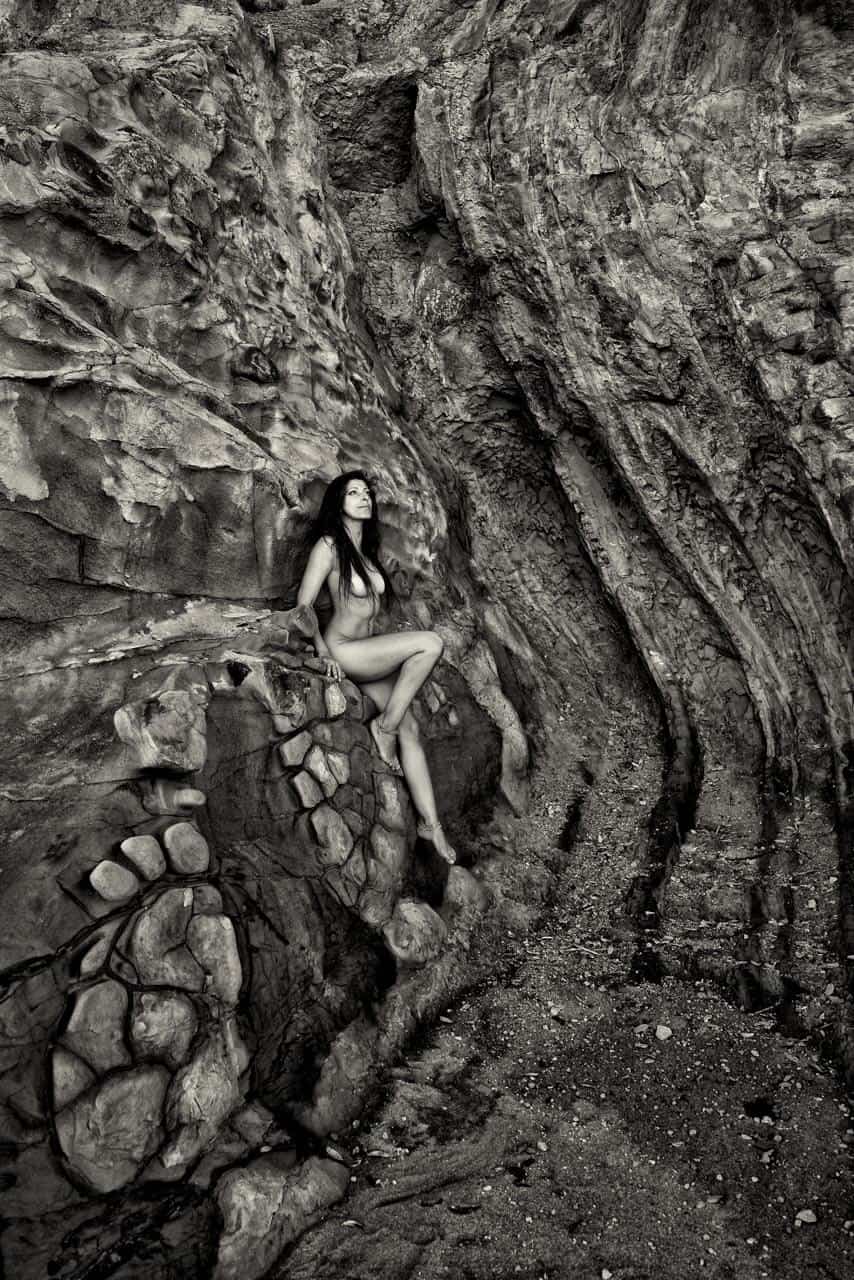
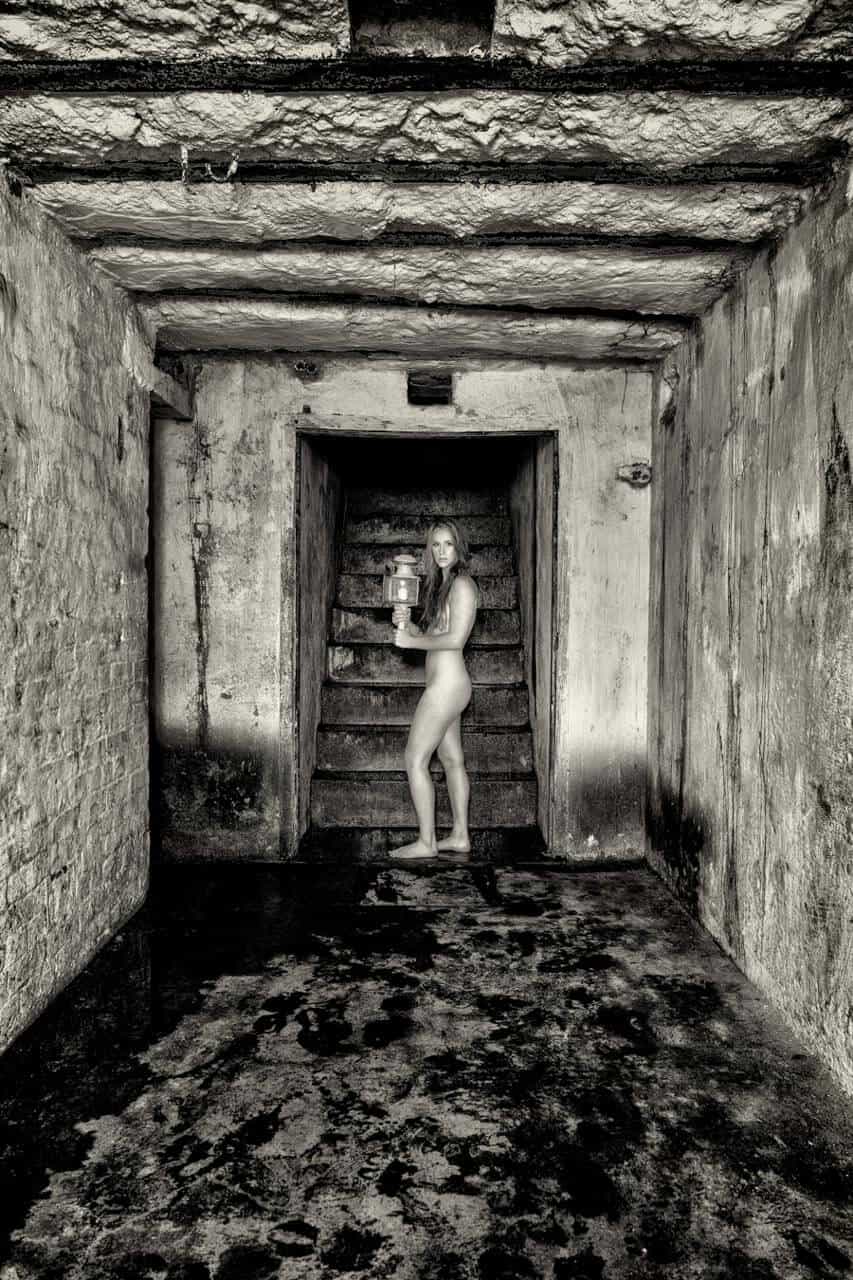
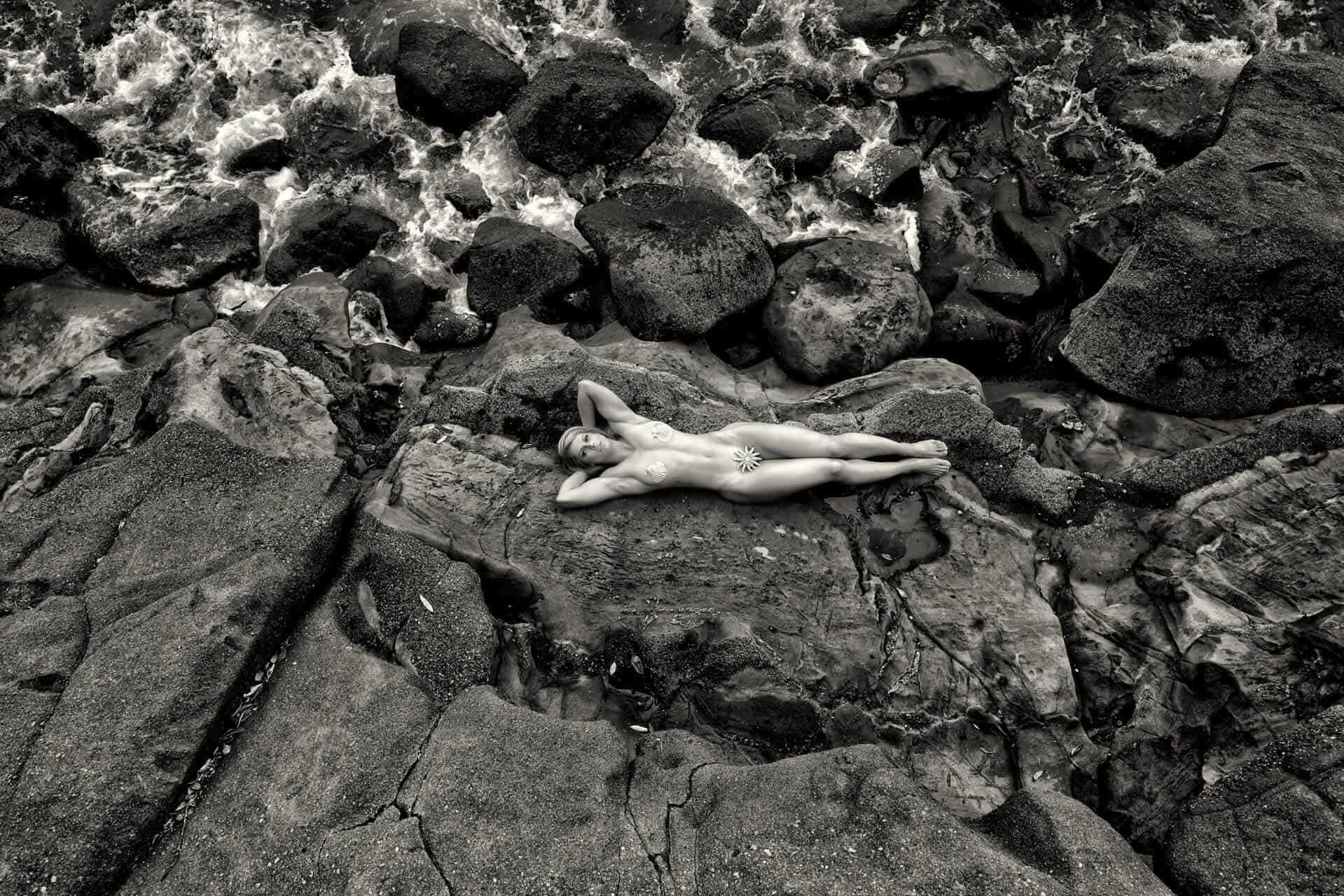

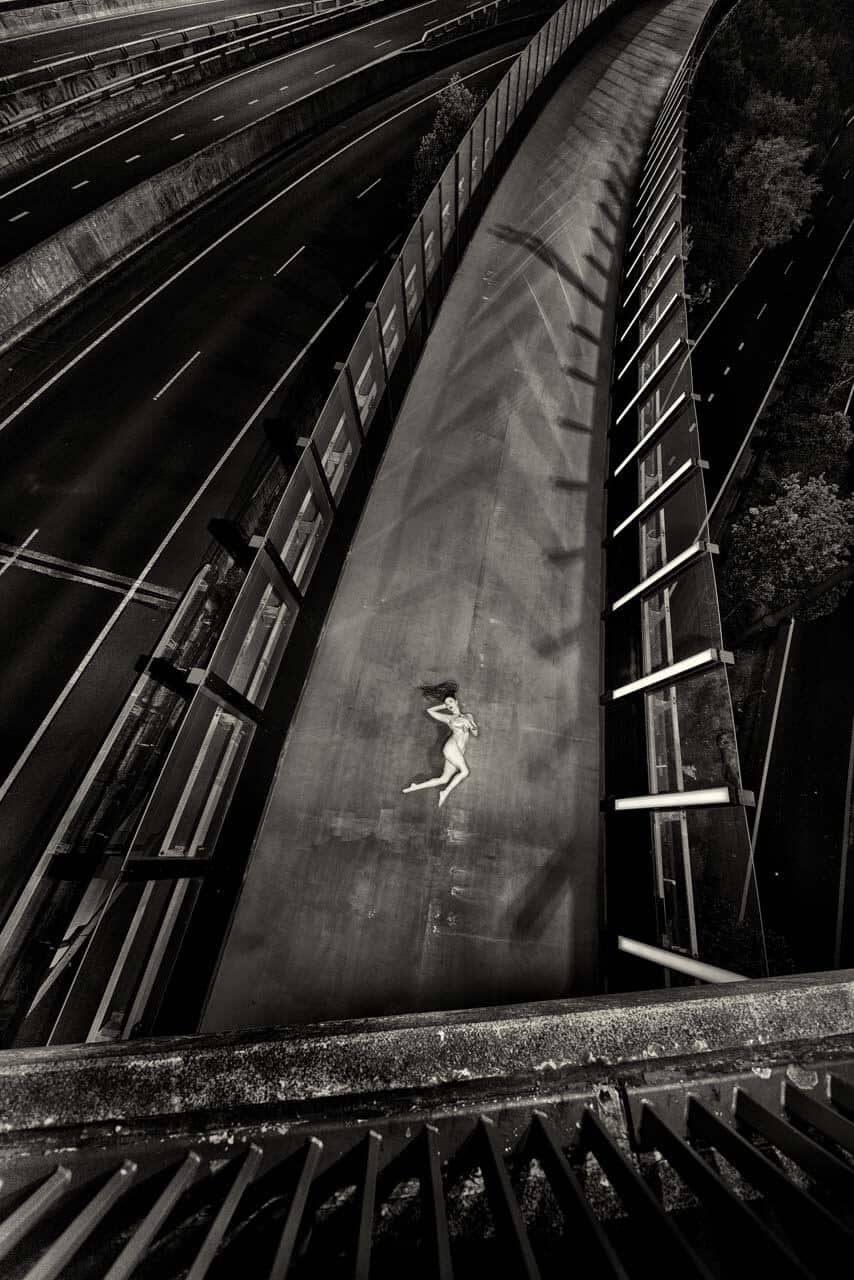
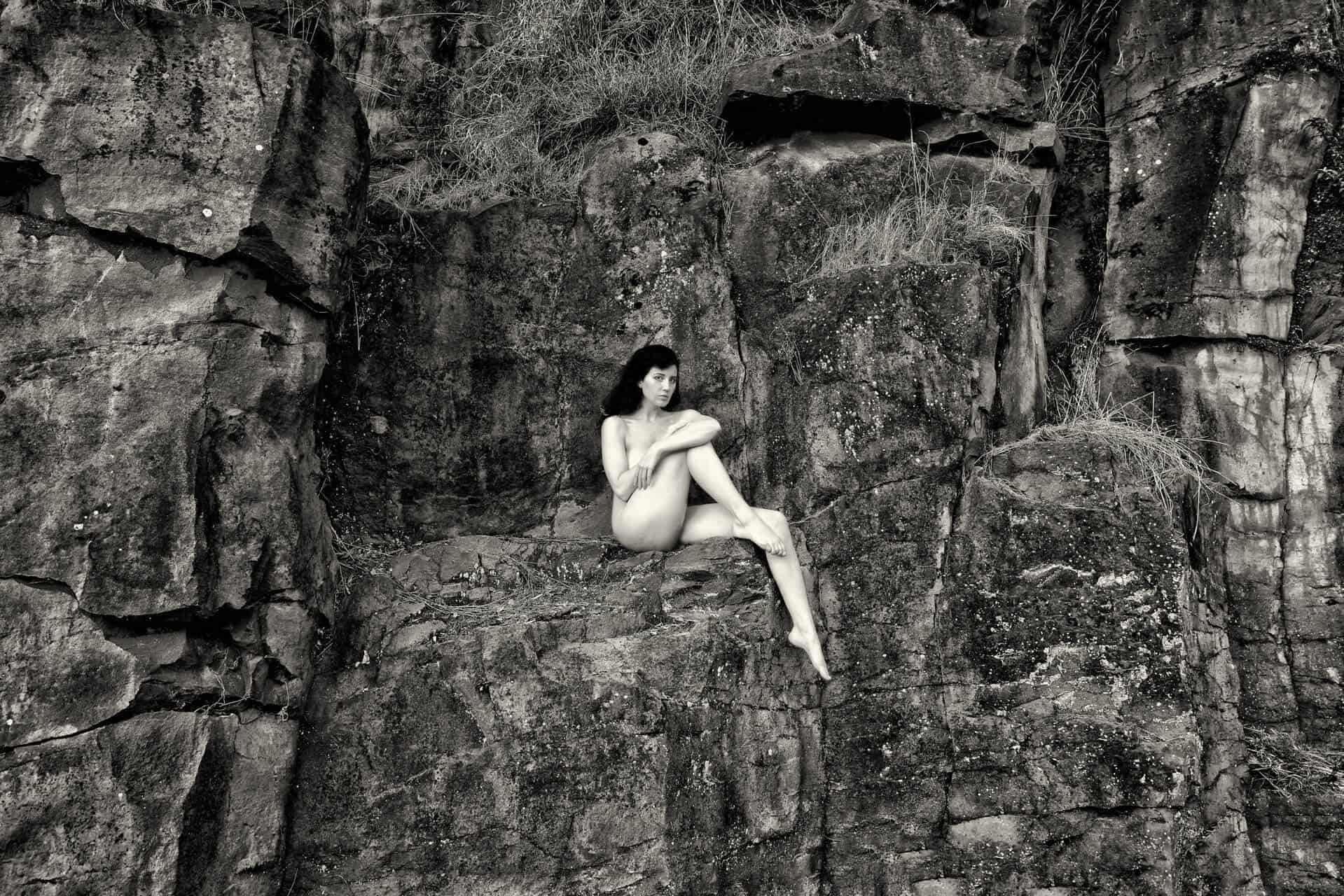
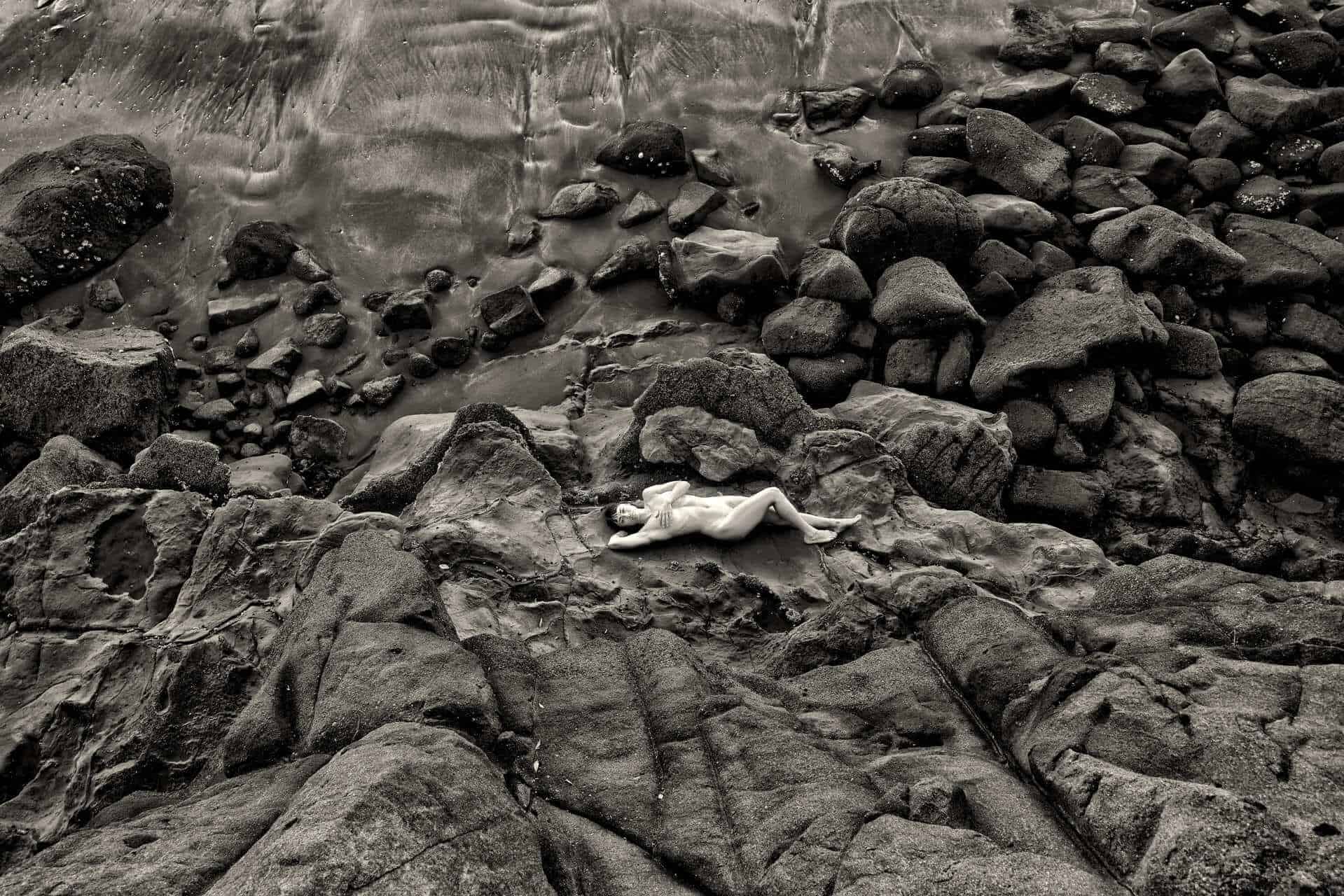
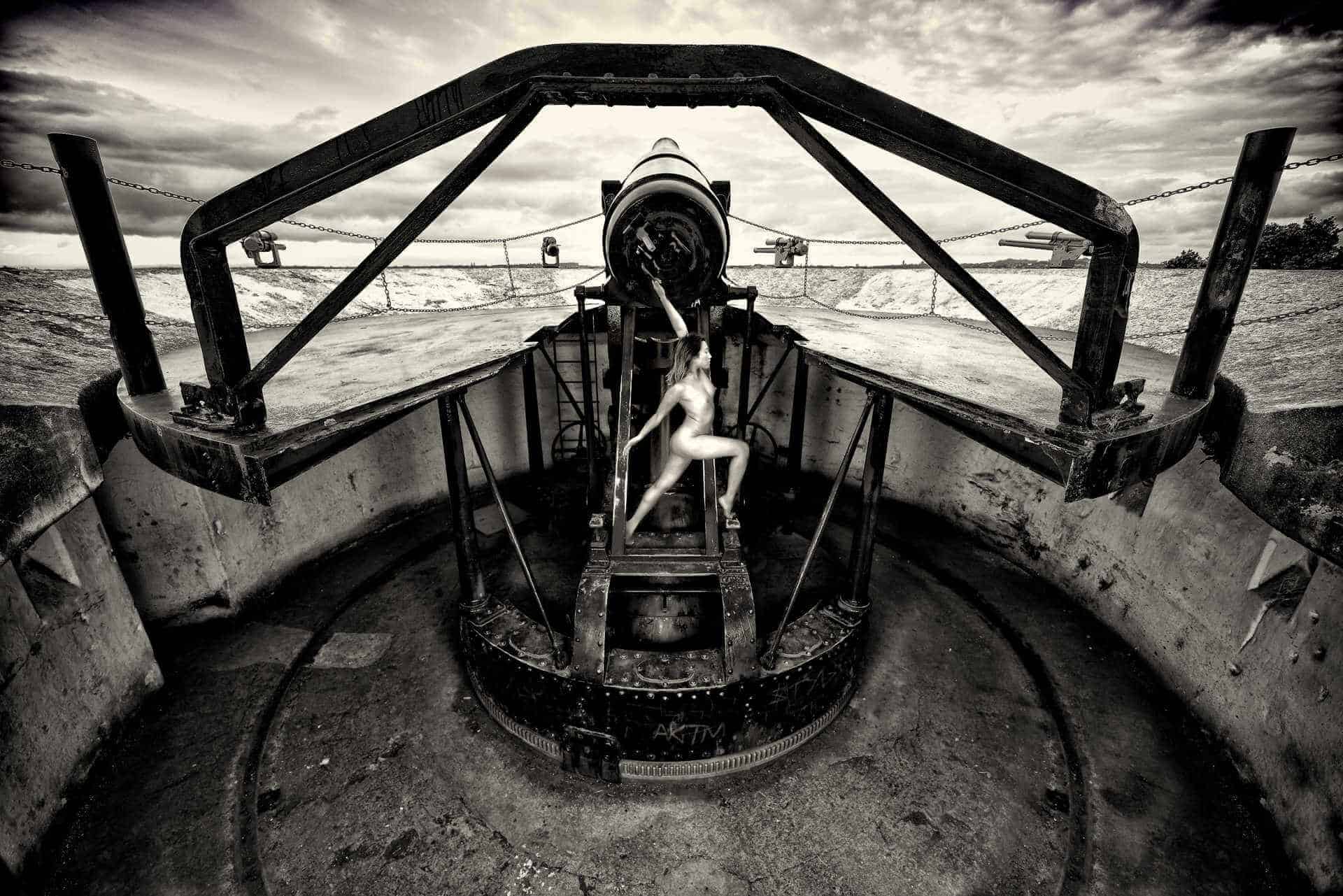




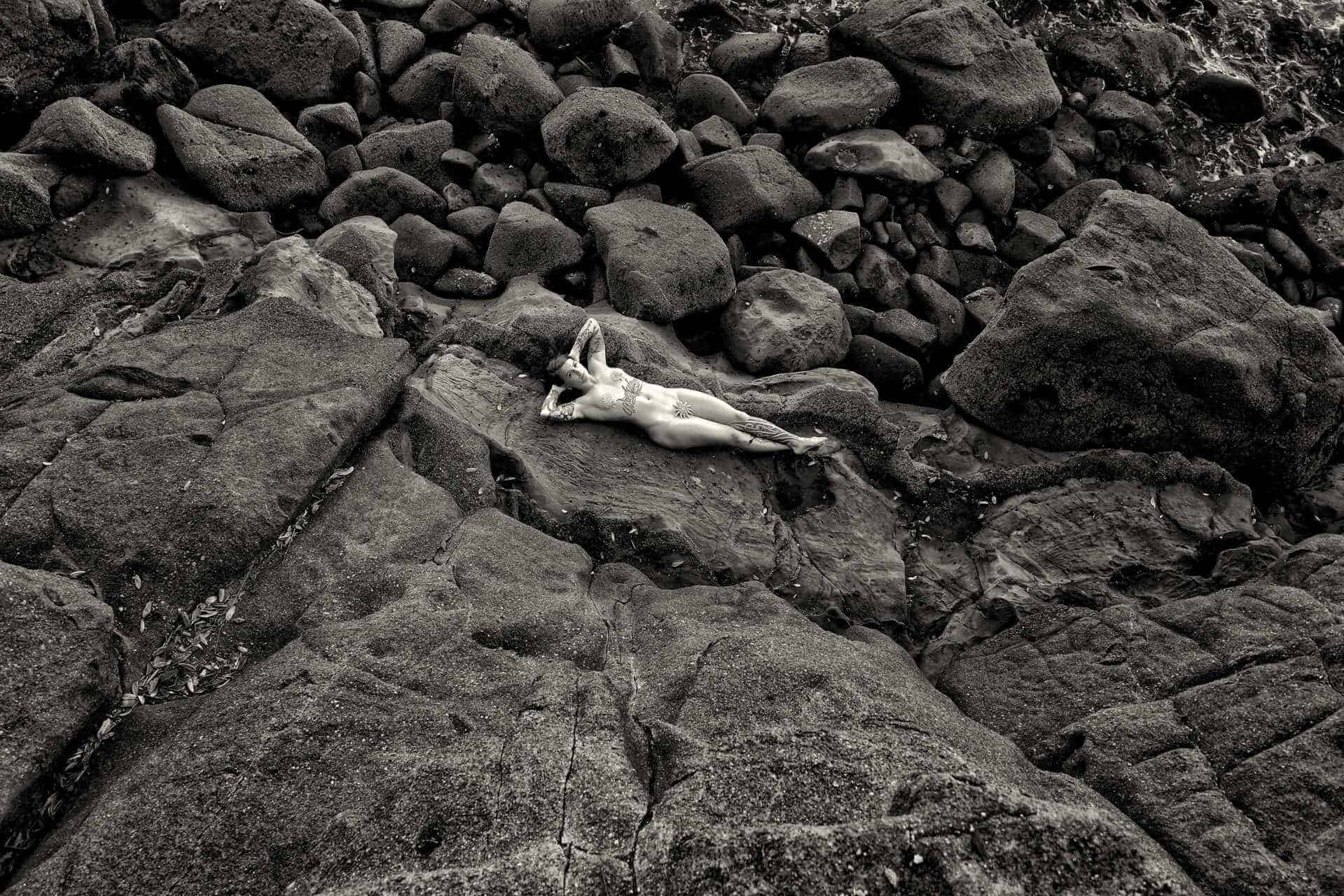


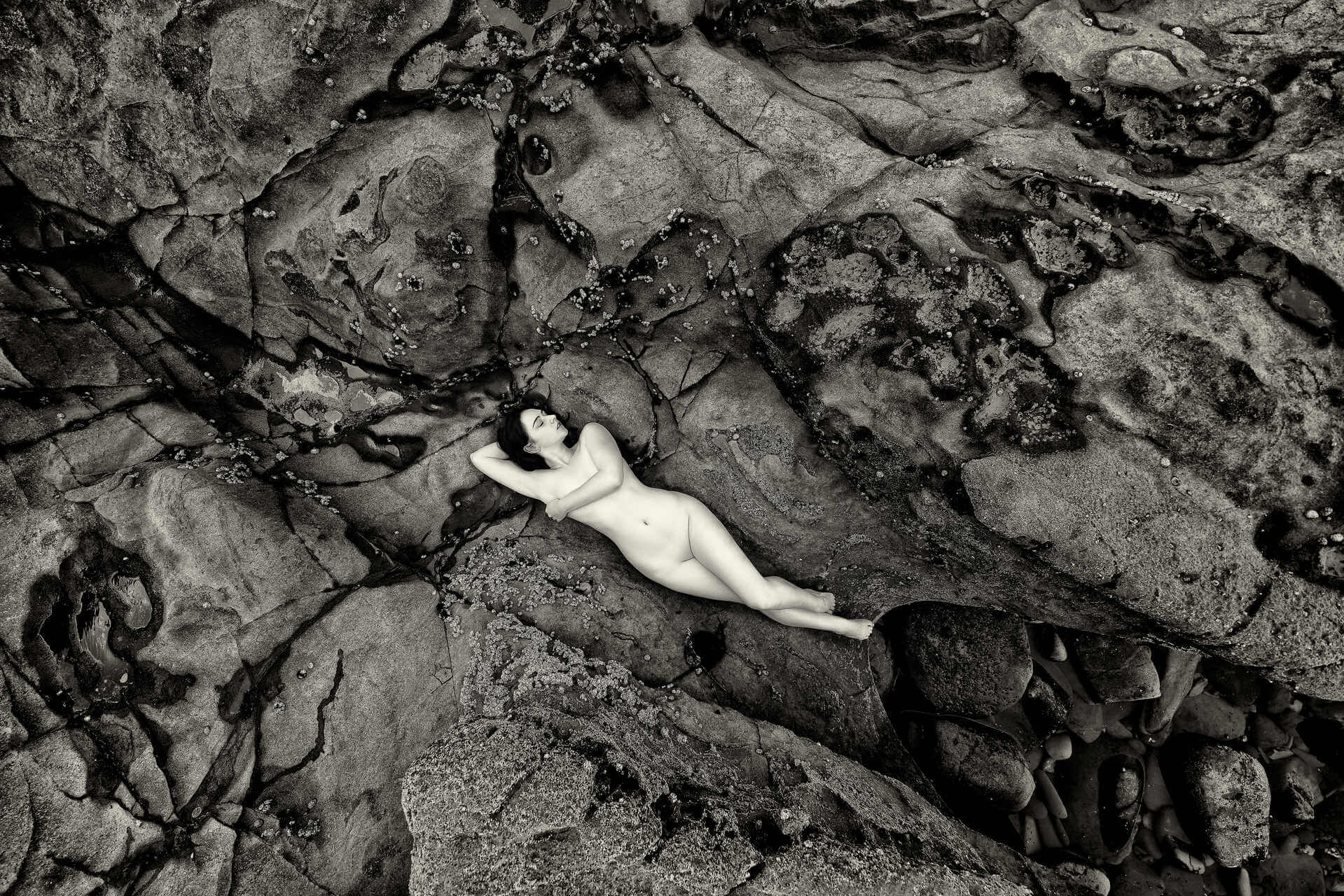
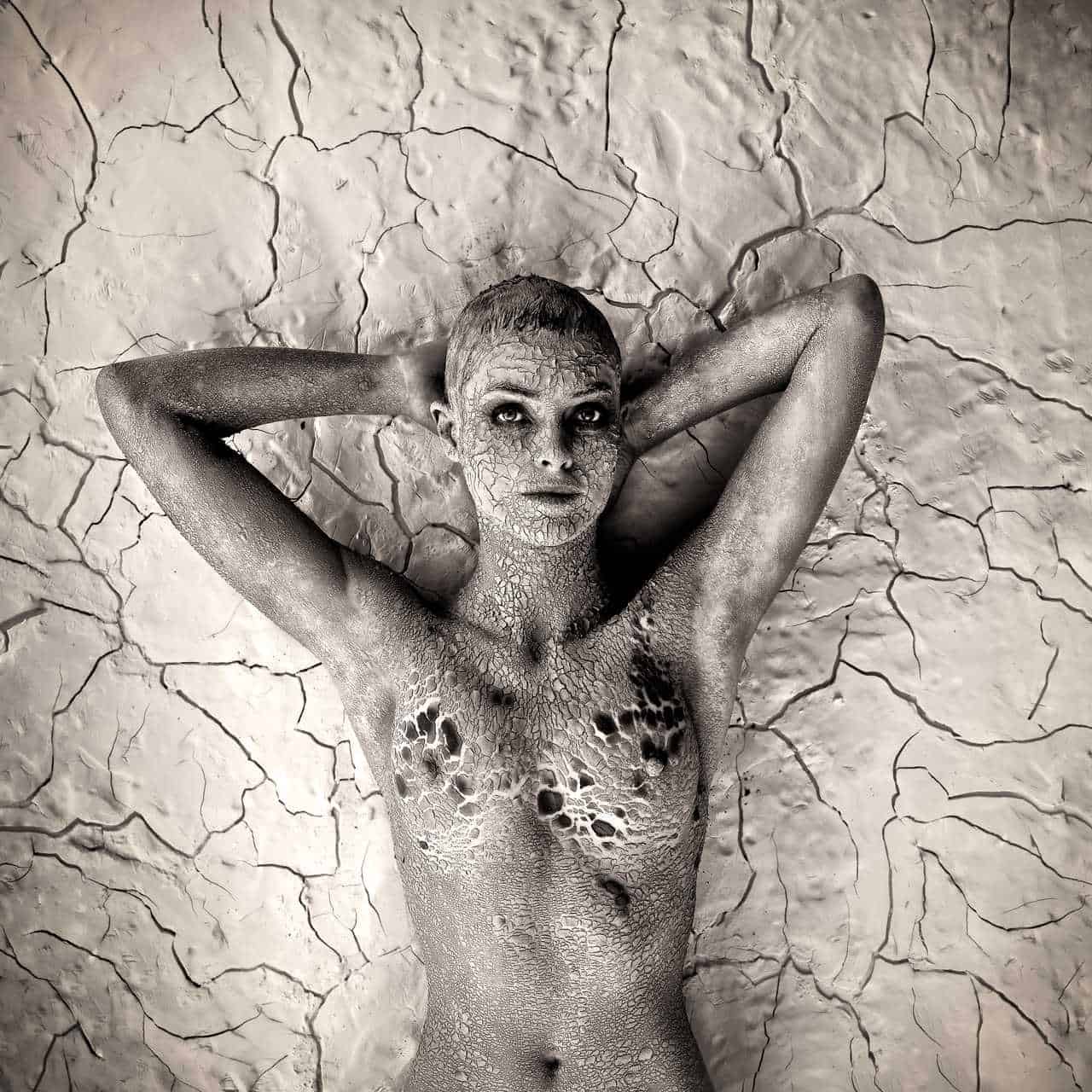
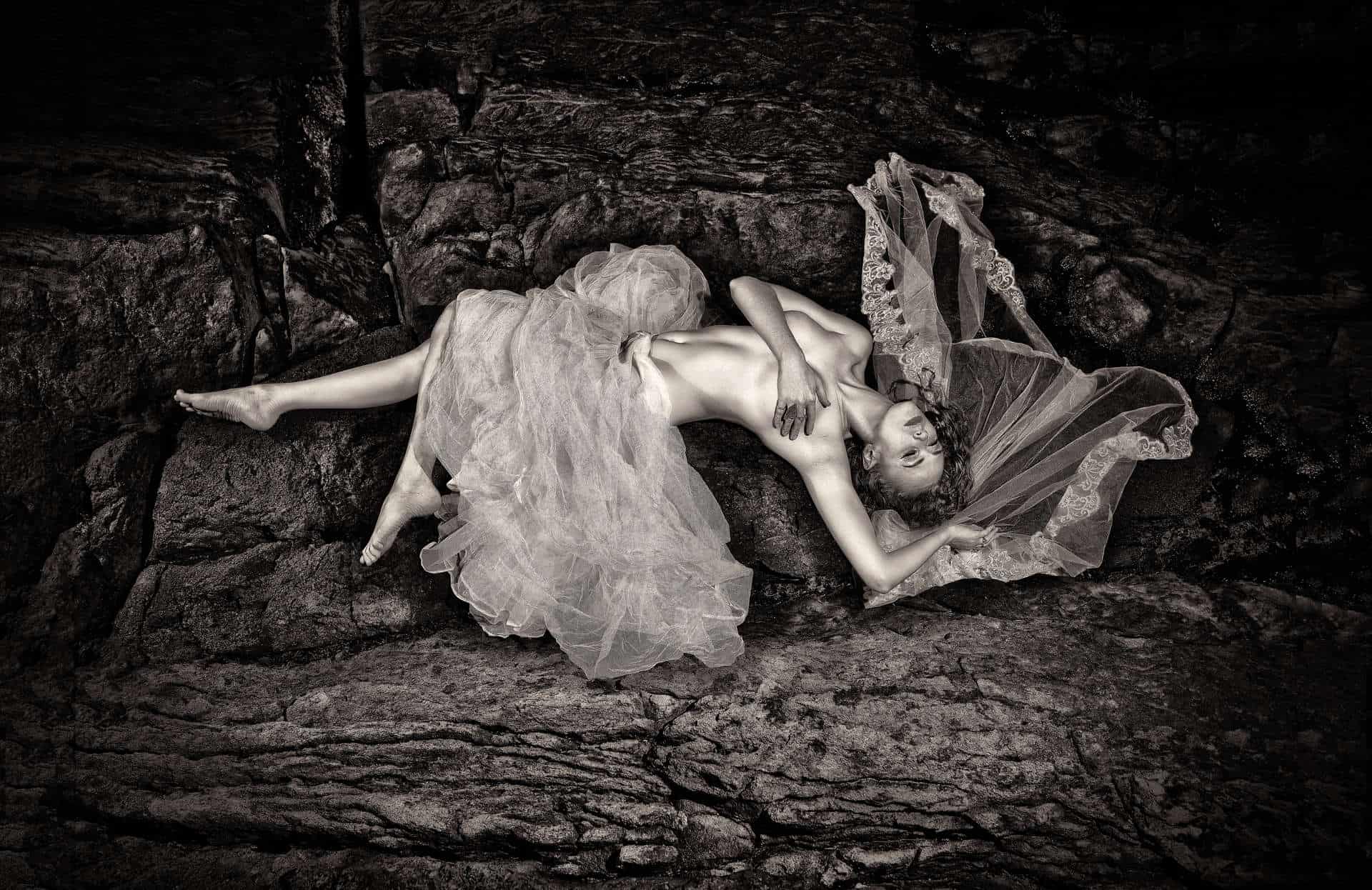
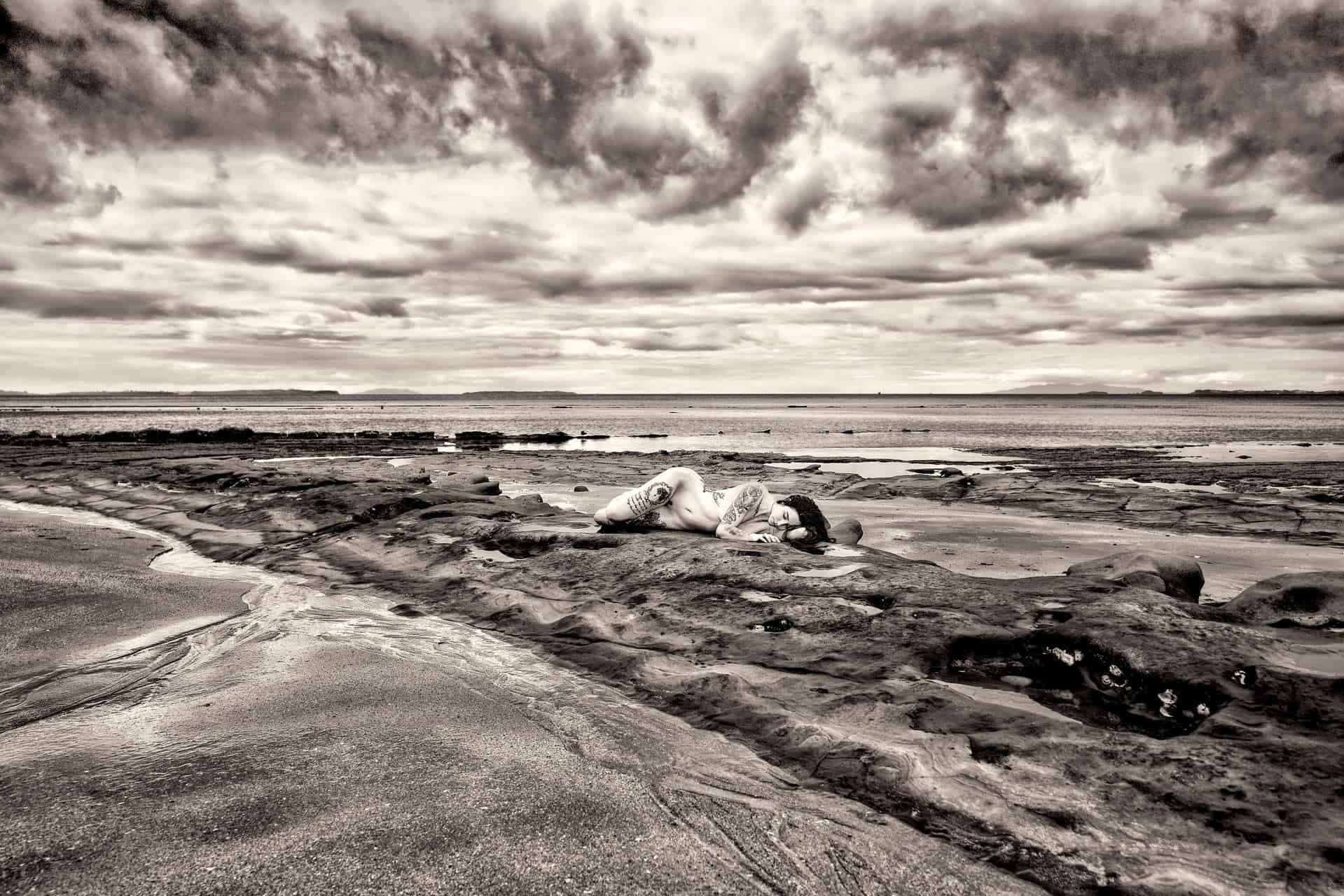
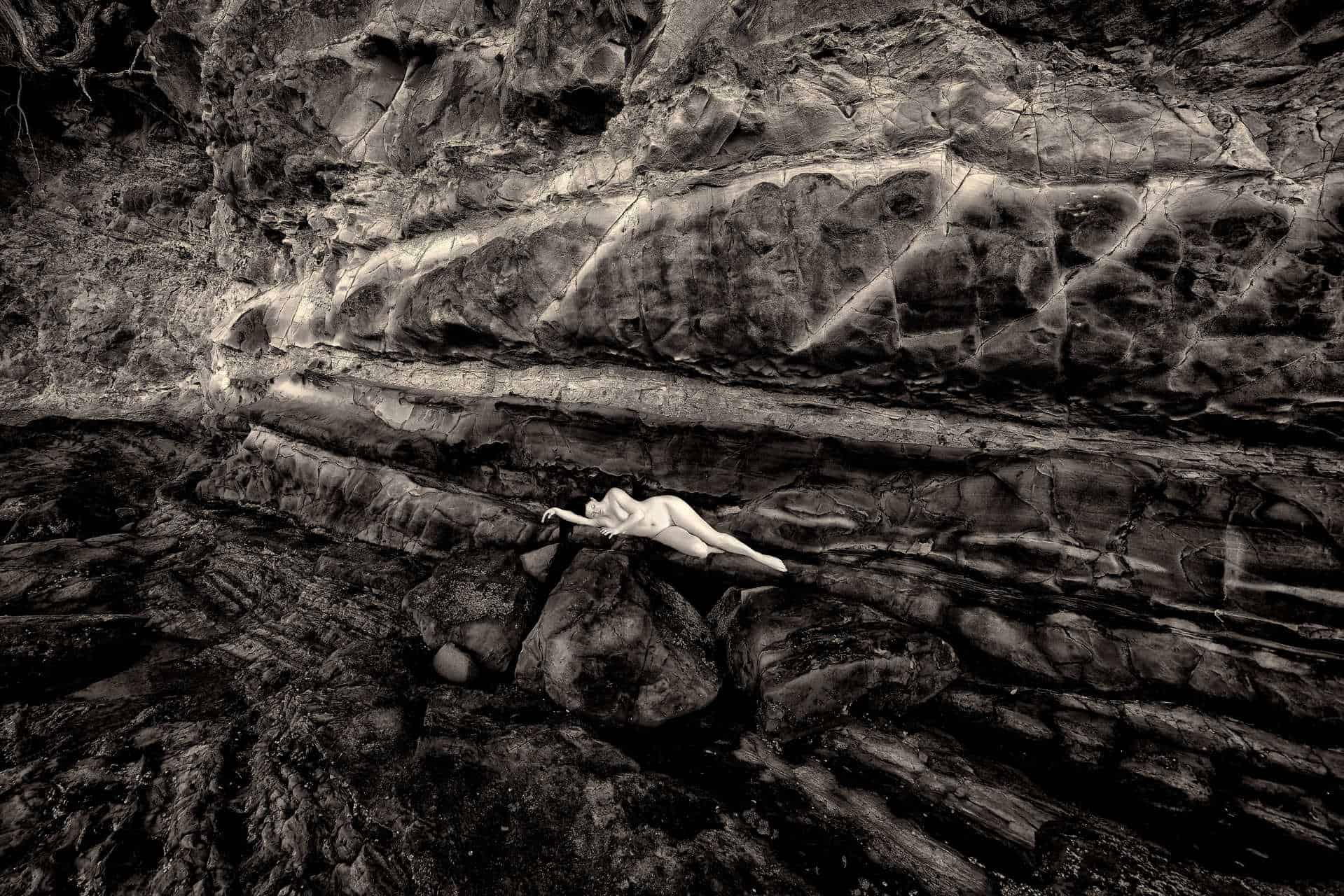
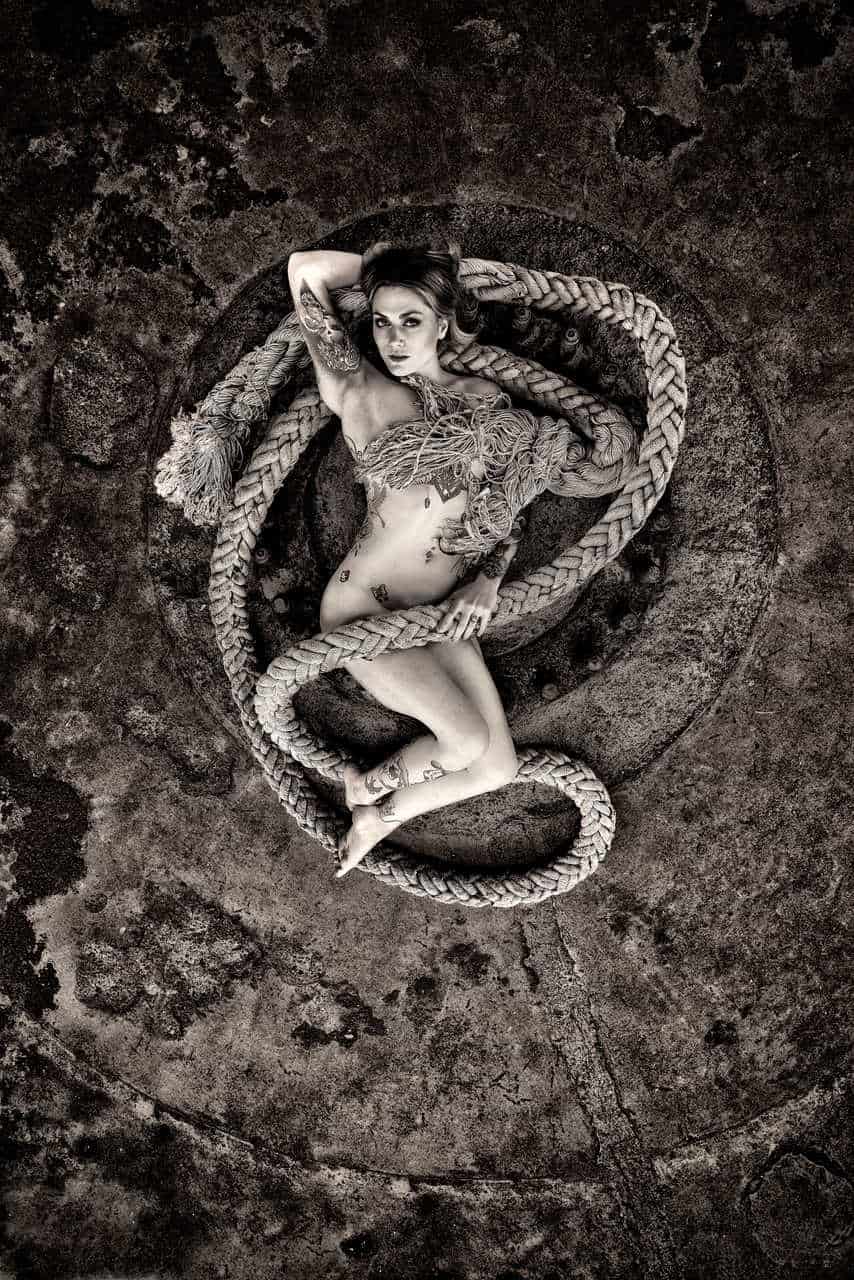
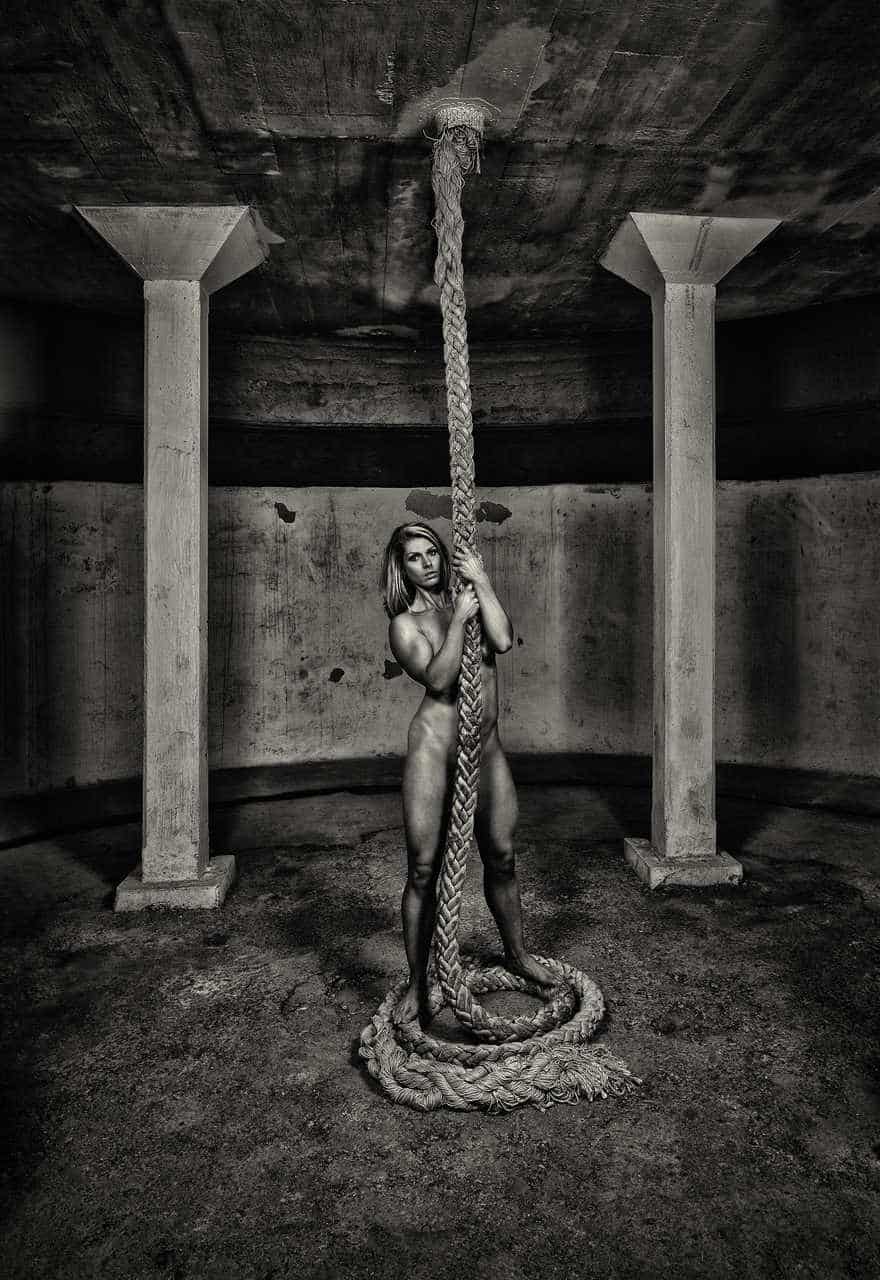

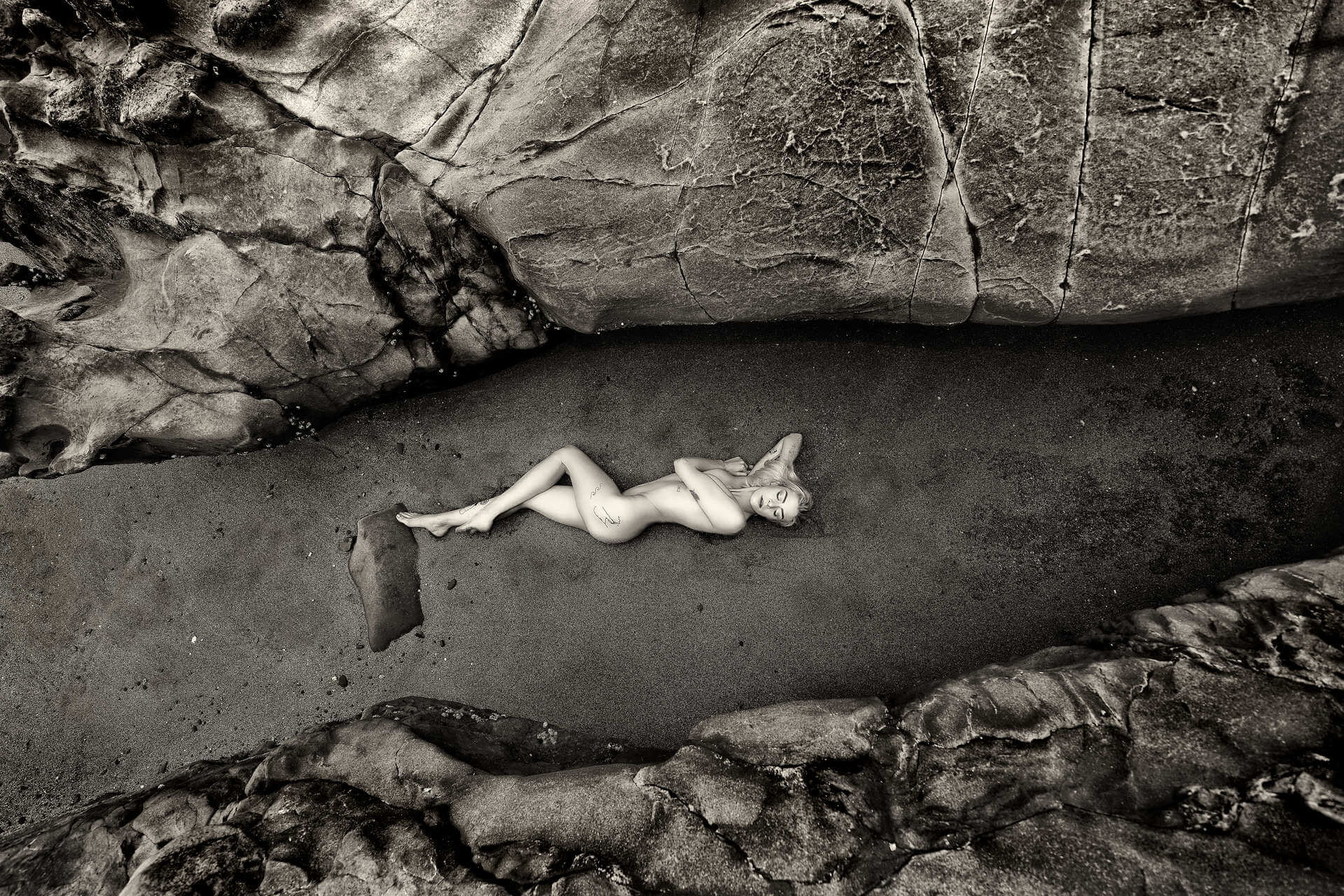

 (c) Ilan Wittenberg
(c) Ilan Wittenberg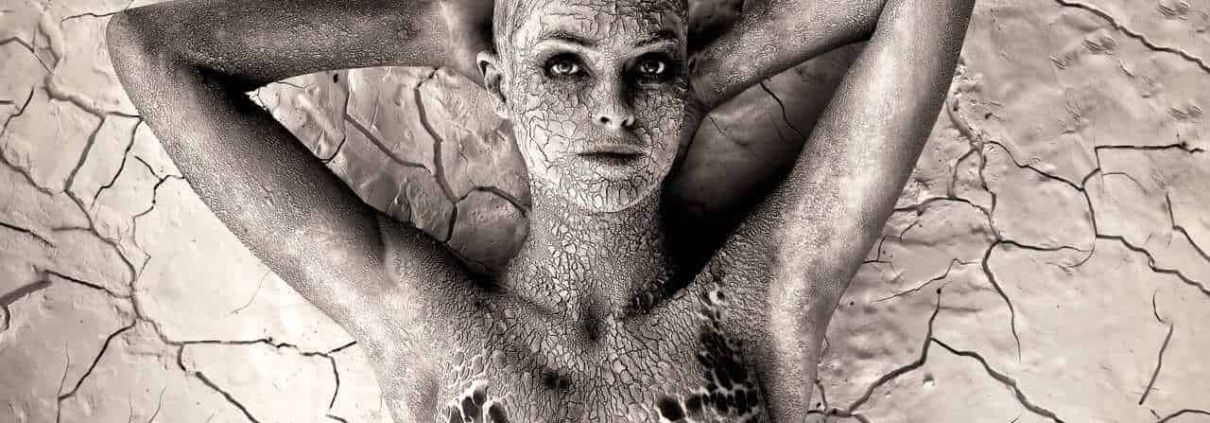 (c) Ilan Wittenberg
(c) Ilan Wittenberg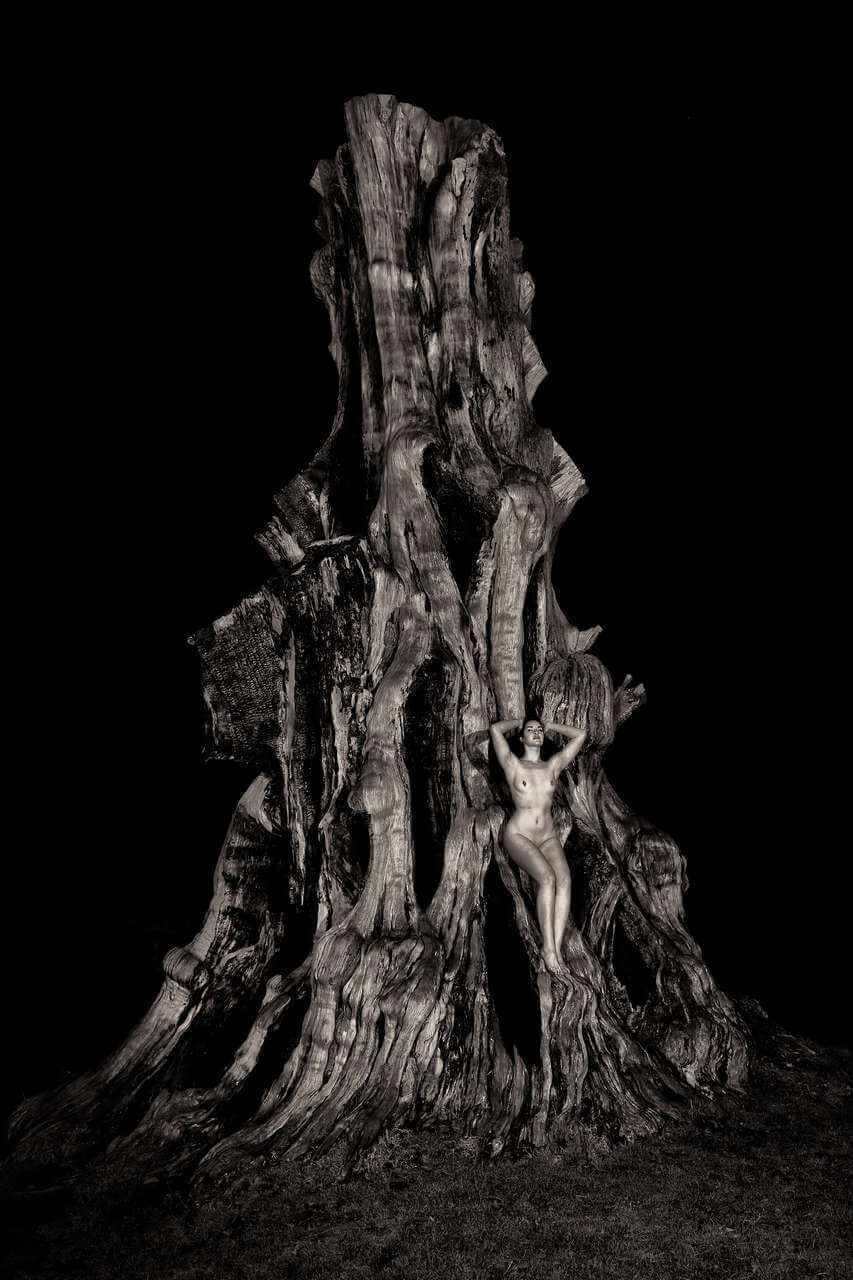
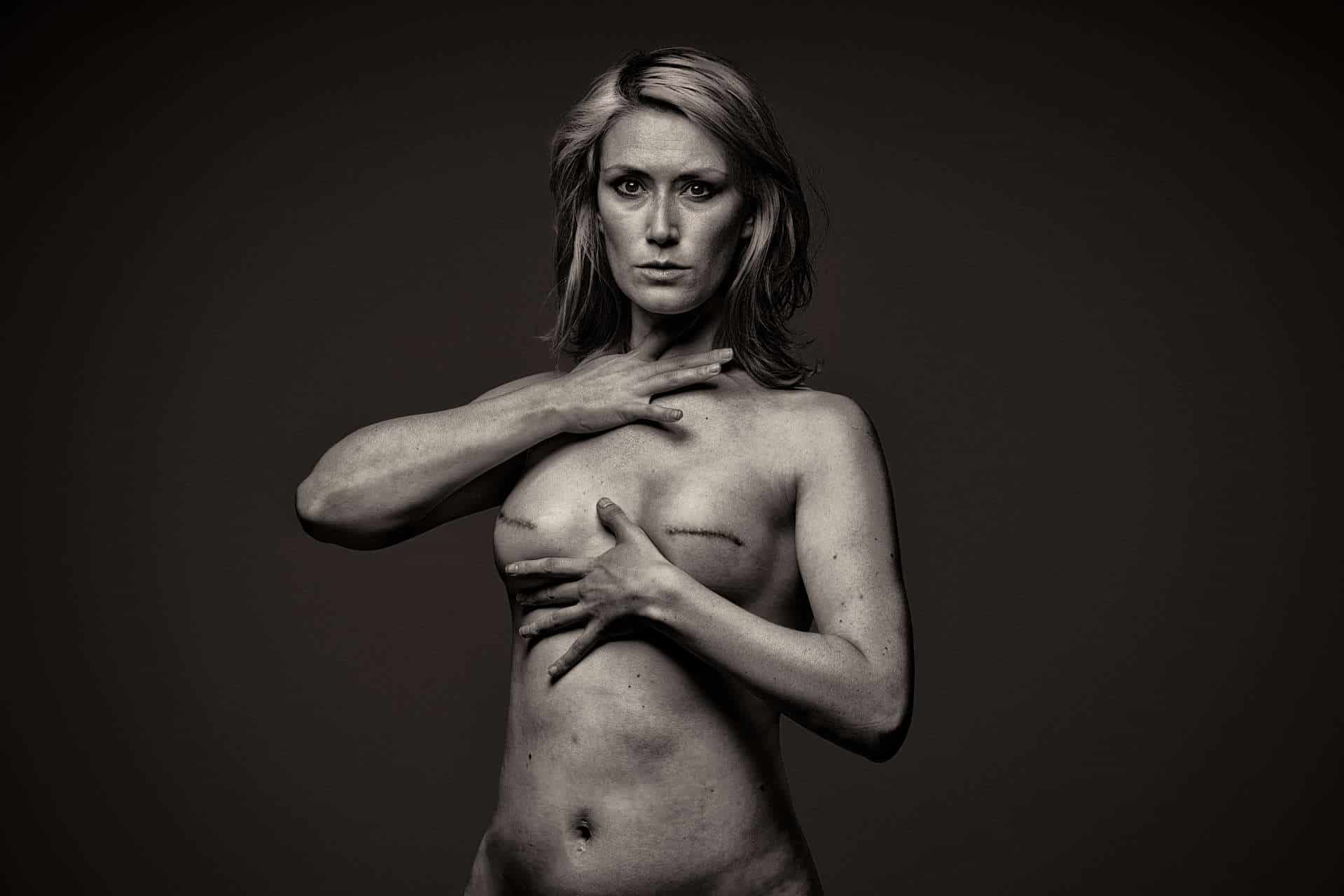

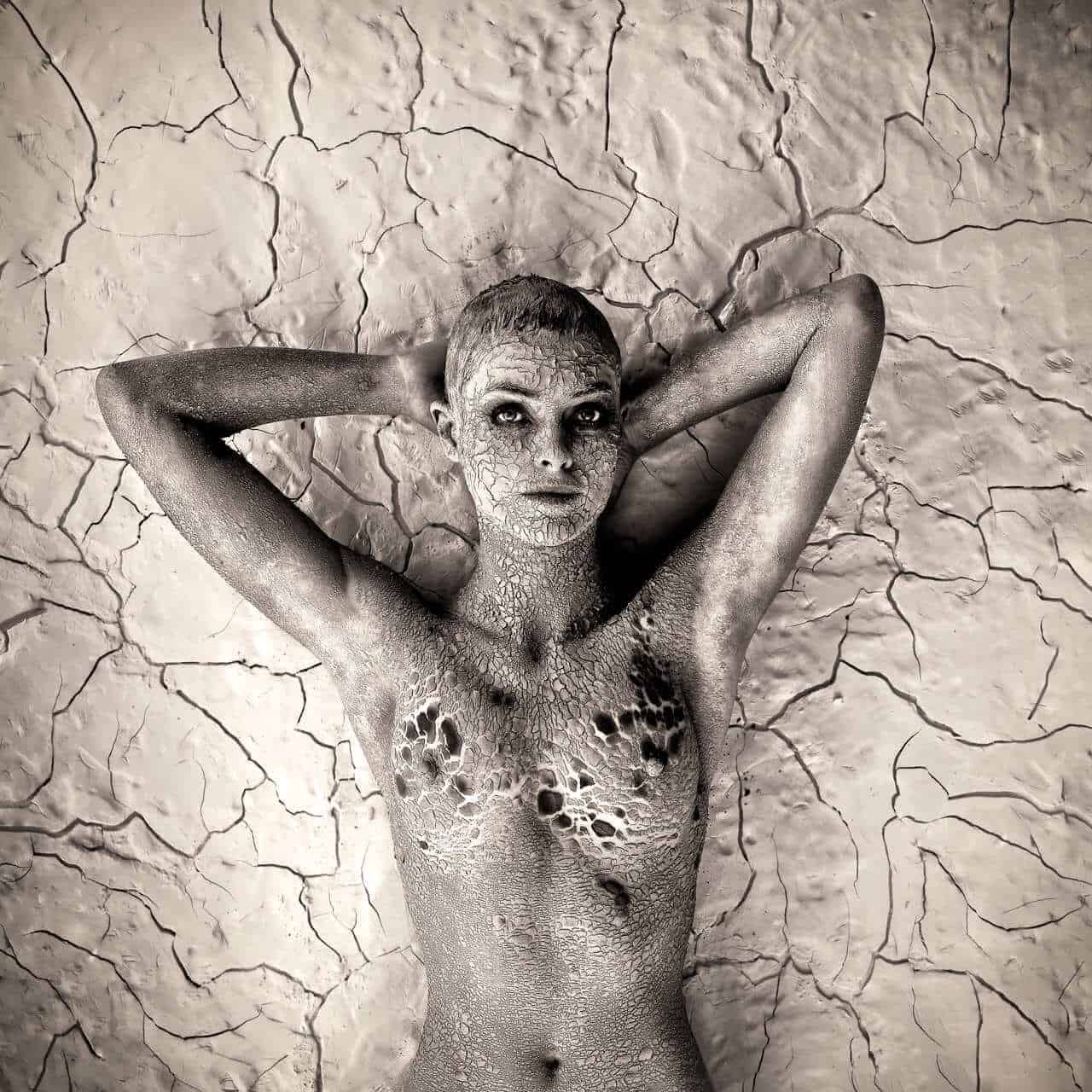
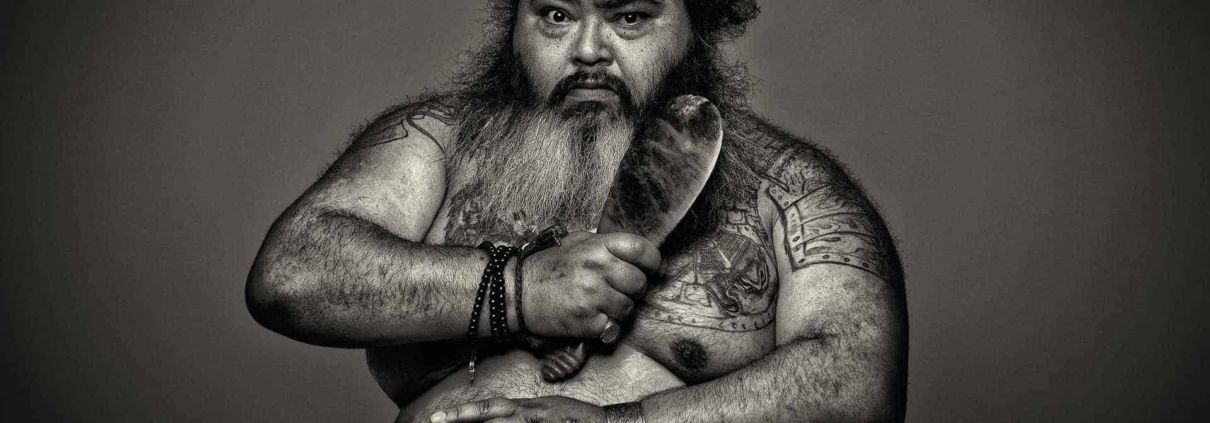 (c) Ilan Wittenberg
(c) Ilan Wittenberg

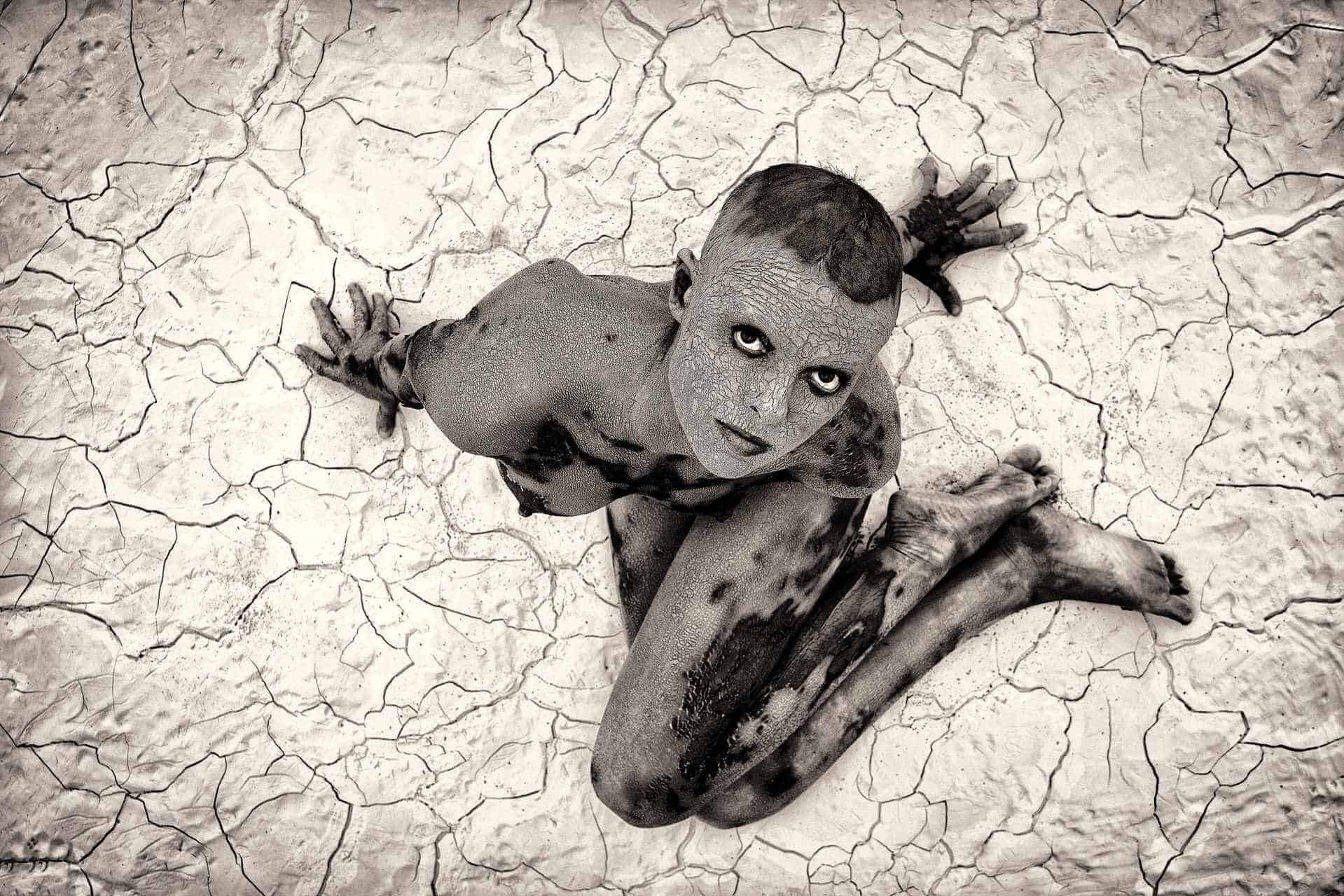

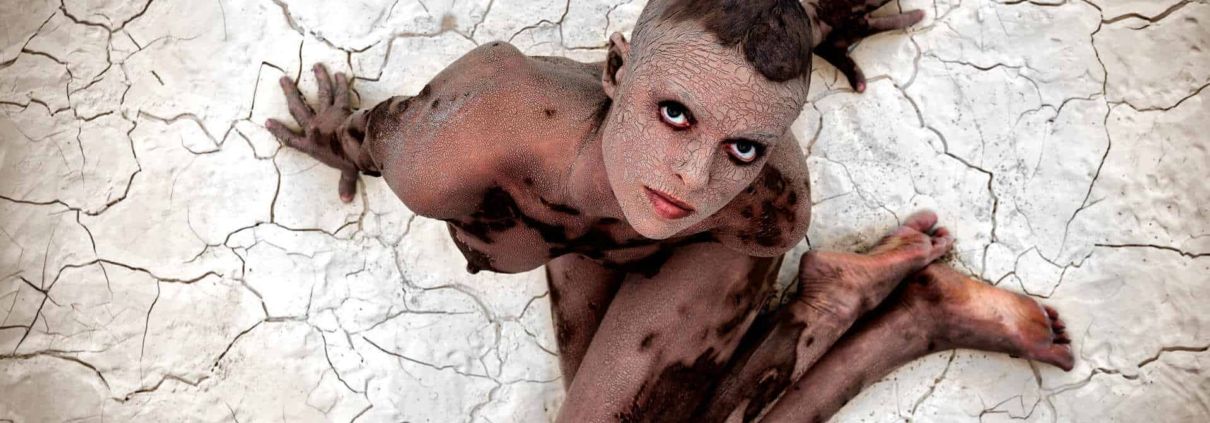 (c) Ilan Wittenberg
(c) Ilan Wittenberg
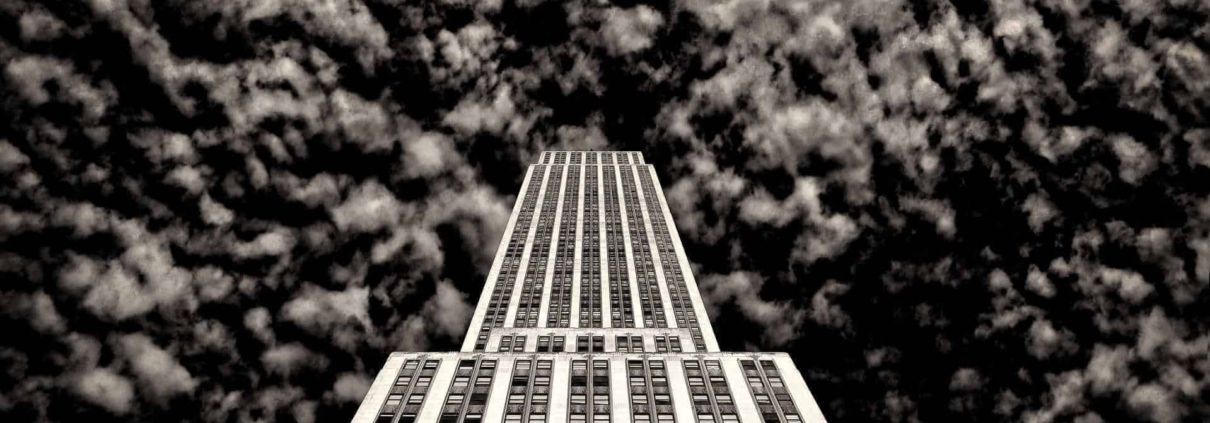 (c) Ilan Wittenberg
(c) Ilan Wittenberg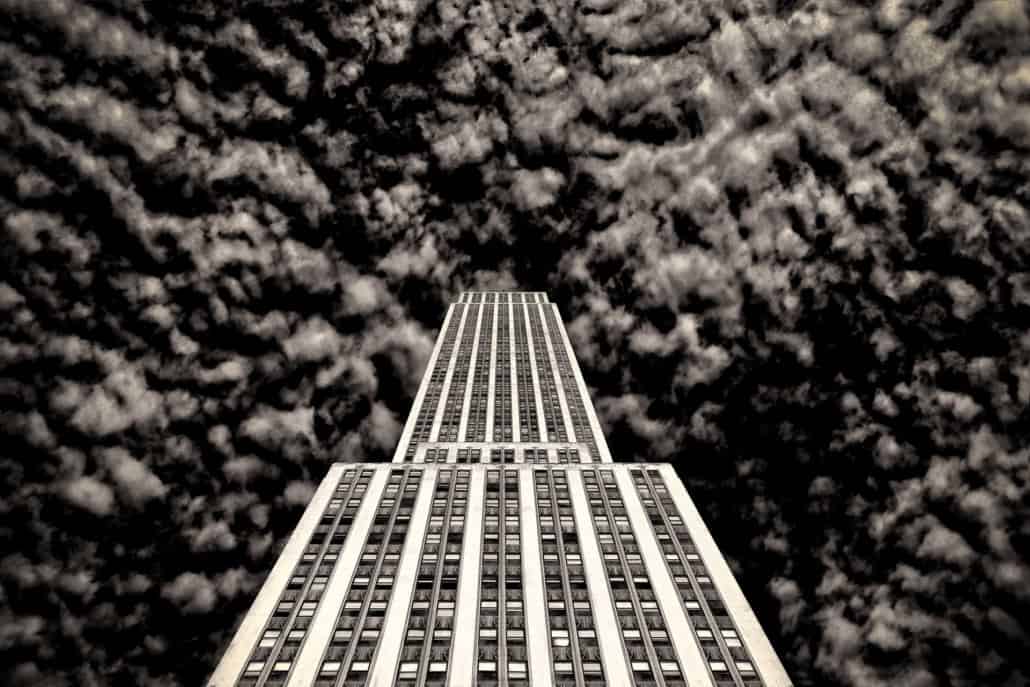
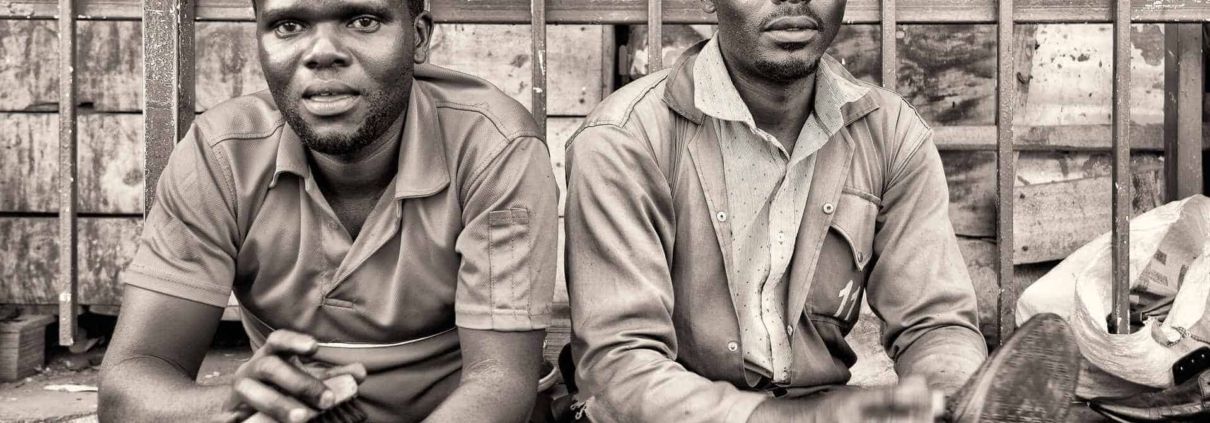 (c) Ilan Wittenberg
(c) Ilan Wittenberg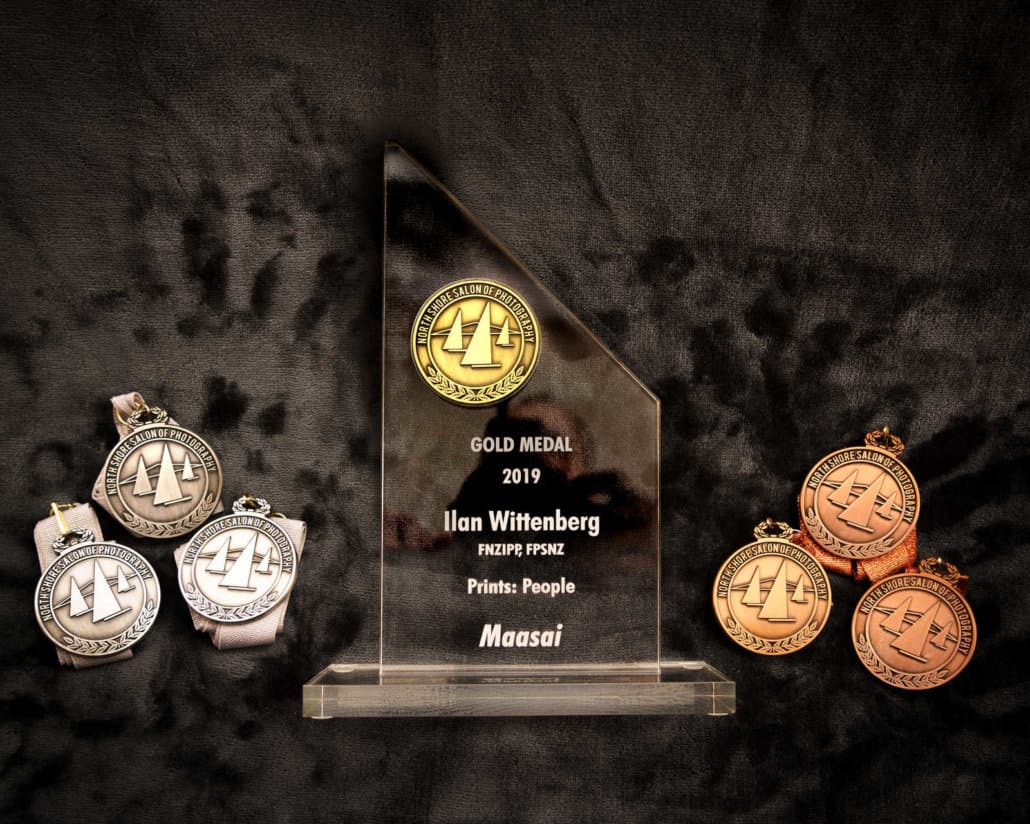
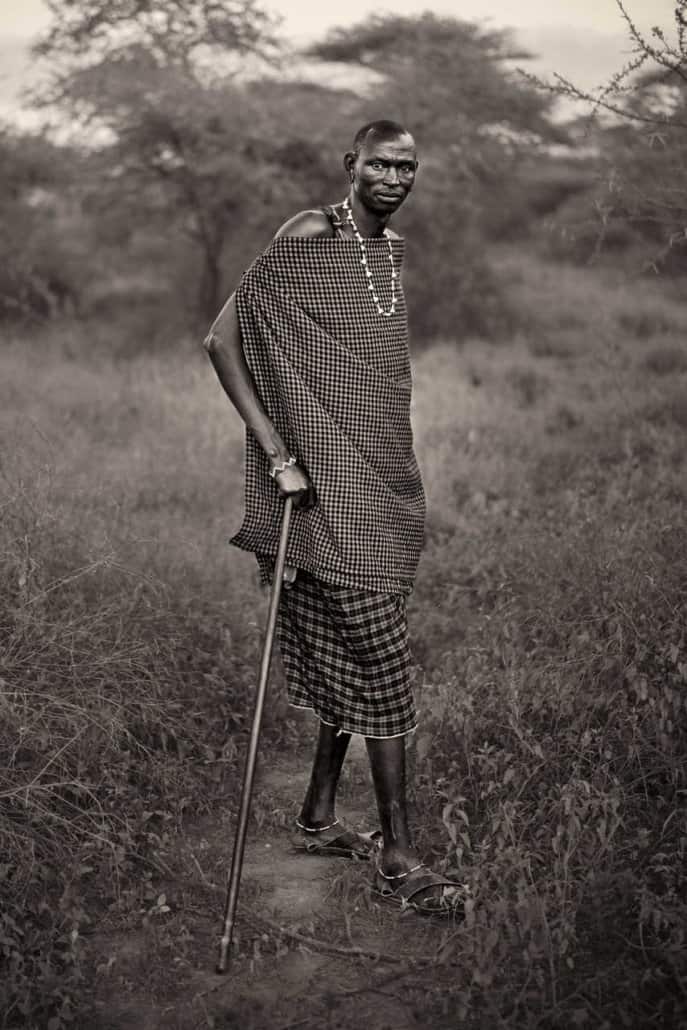


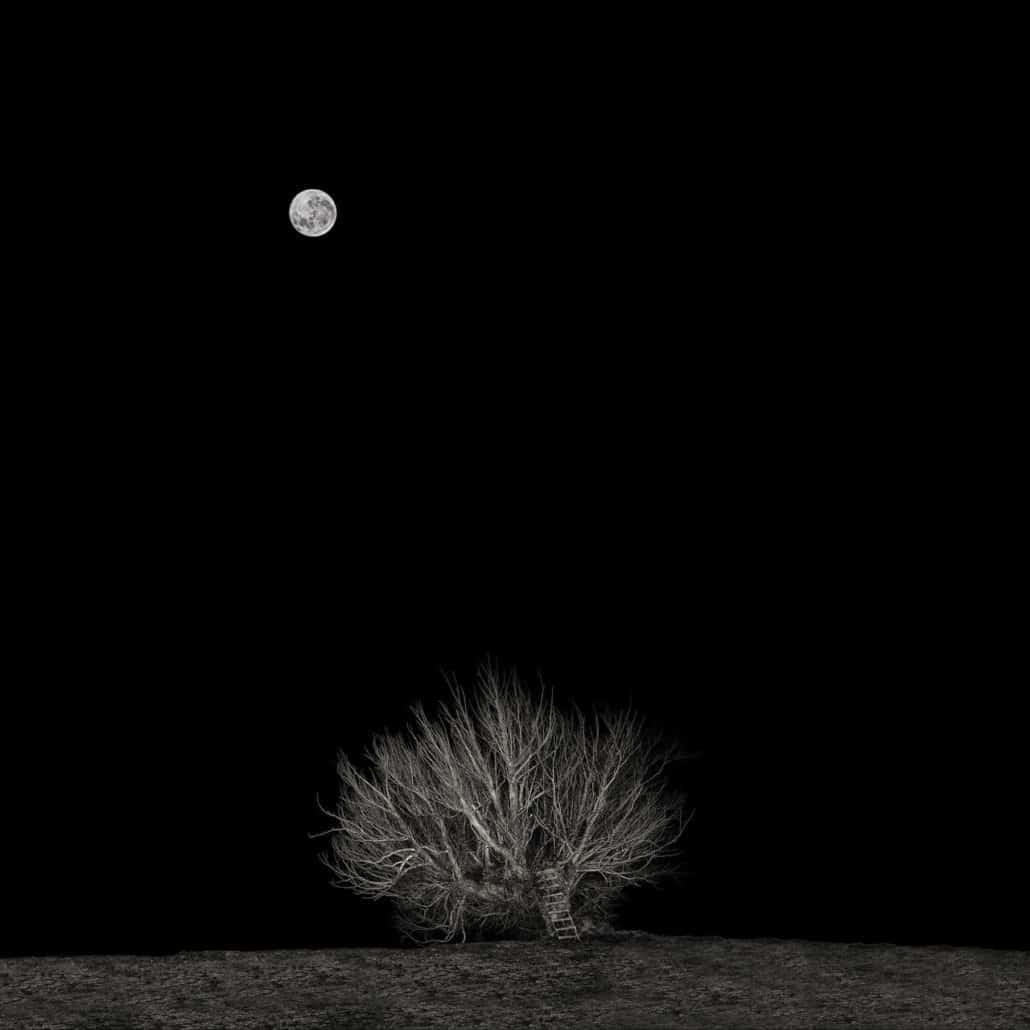

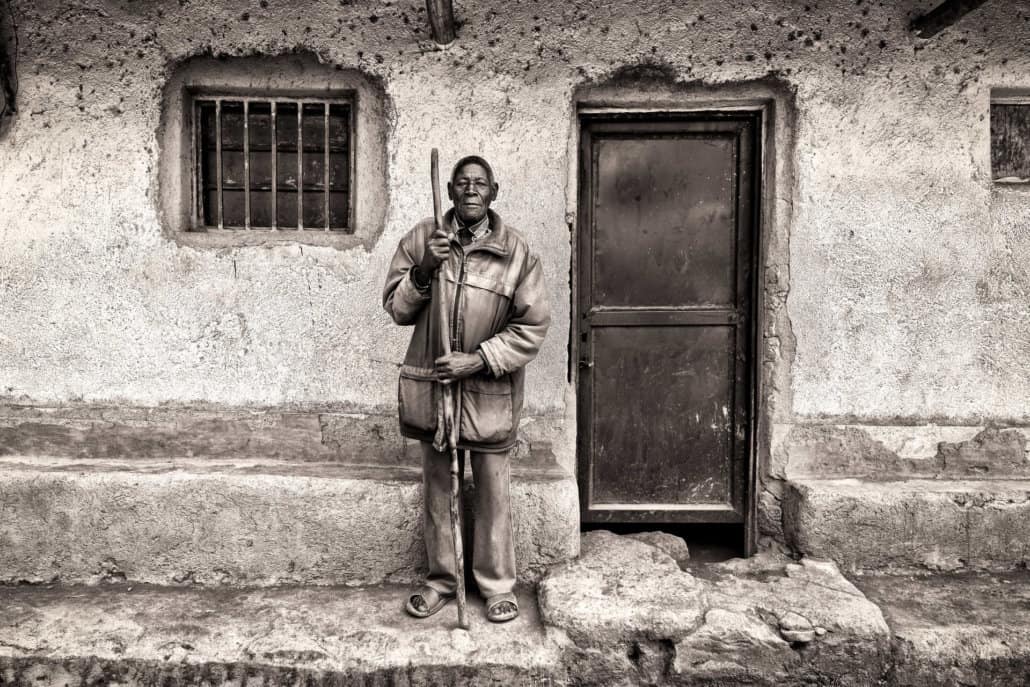
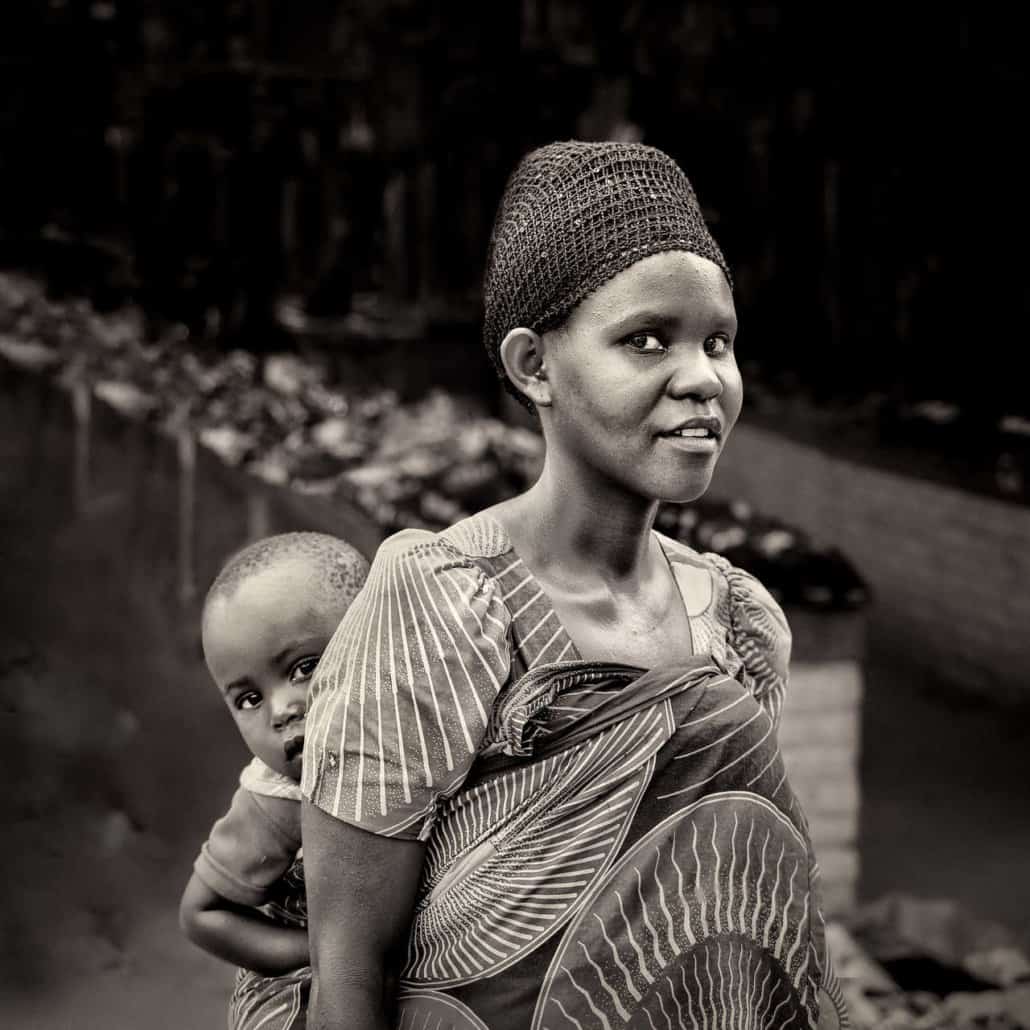

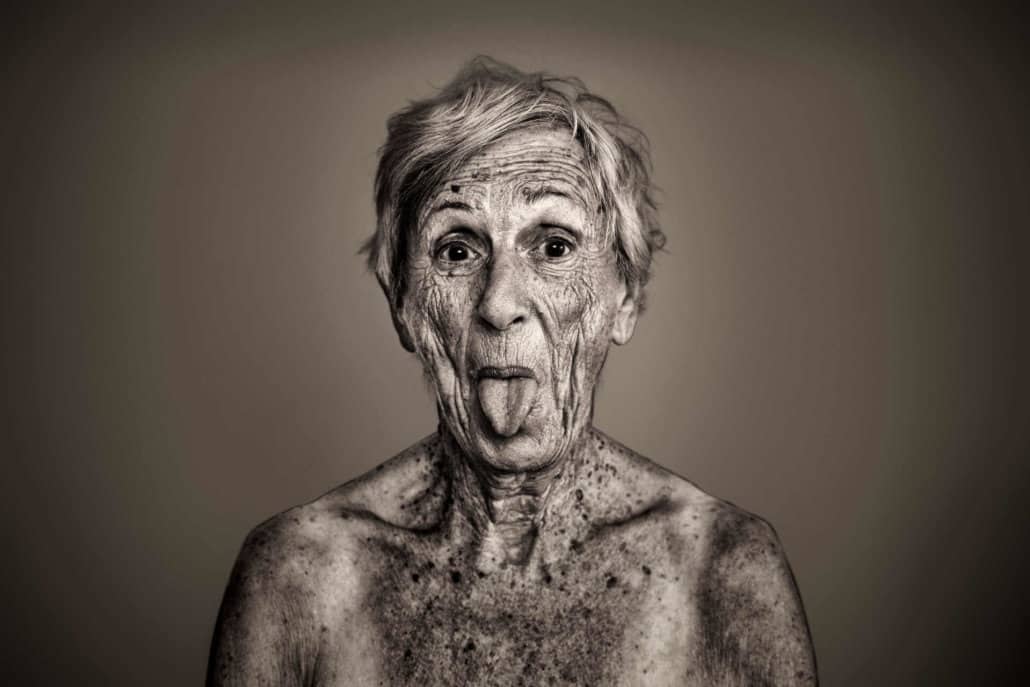
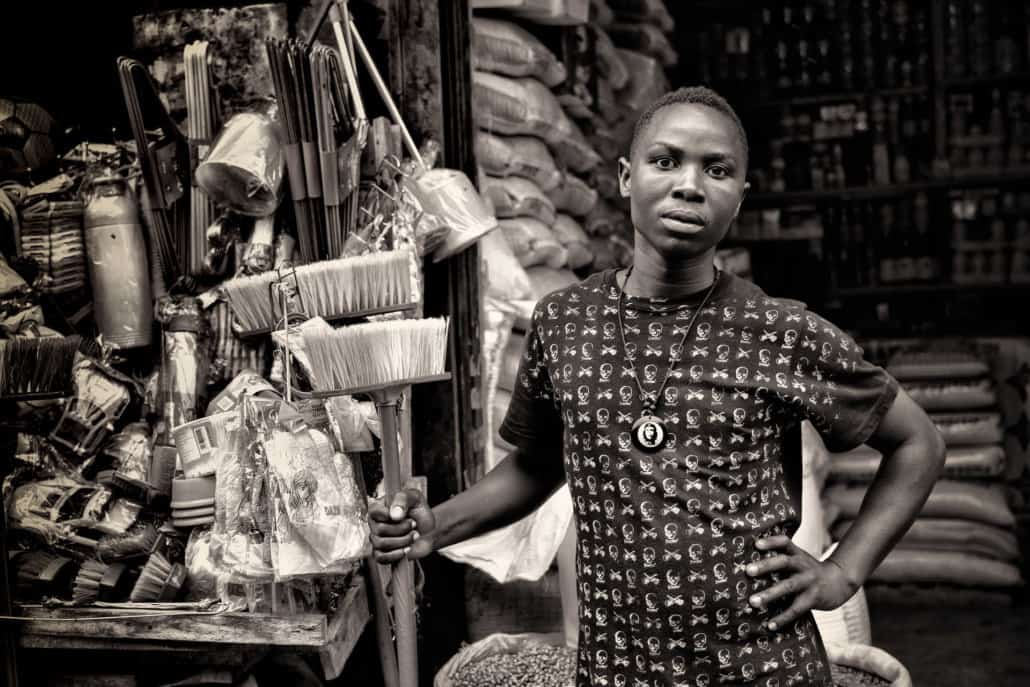
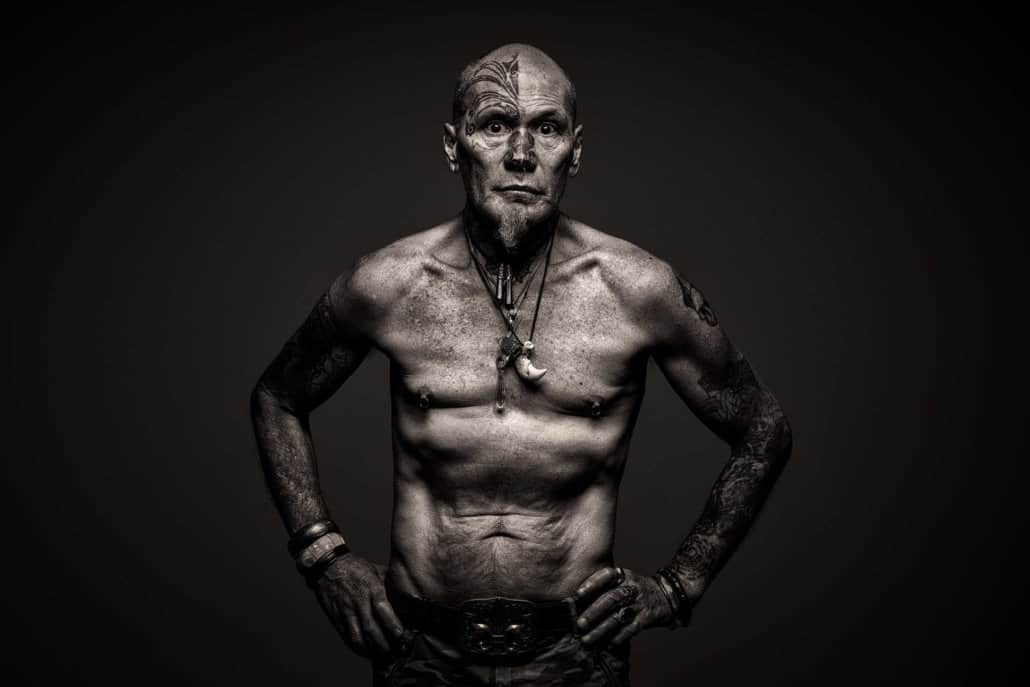

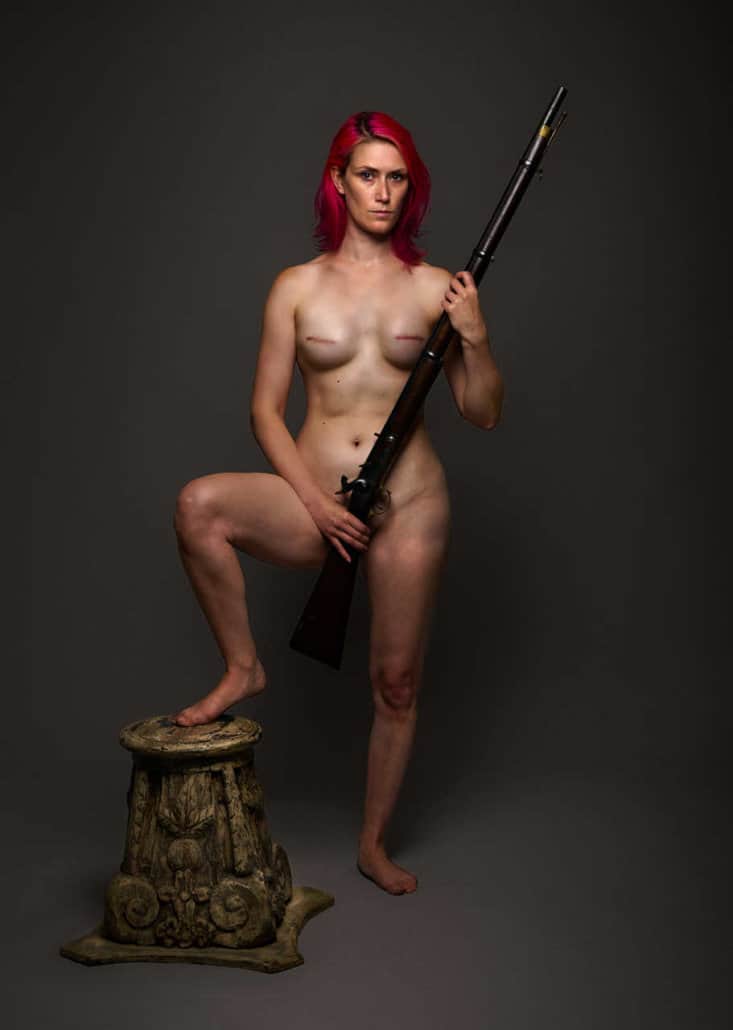
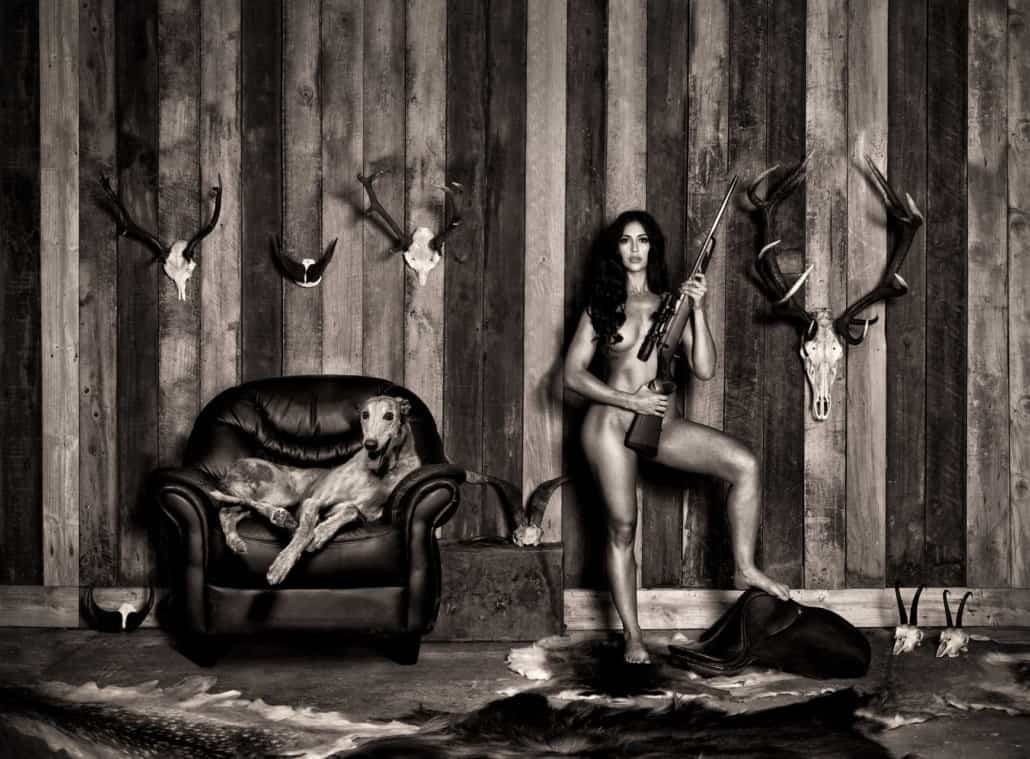
 (c)
(c) 
 (c) Ilan Wittenberg
(c) Ilan Wittenberg (c) Ilan Wittenberg
(c) Ilan Wittenberg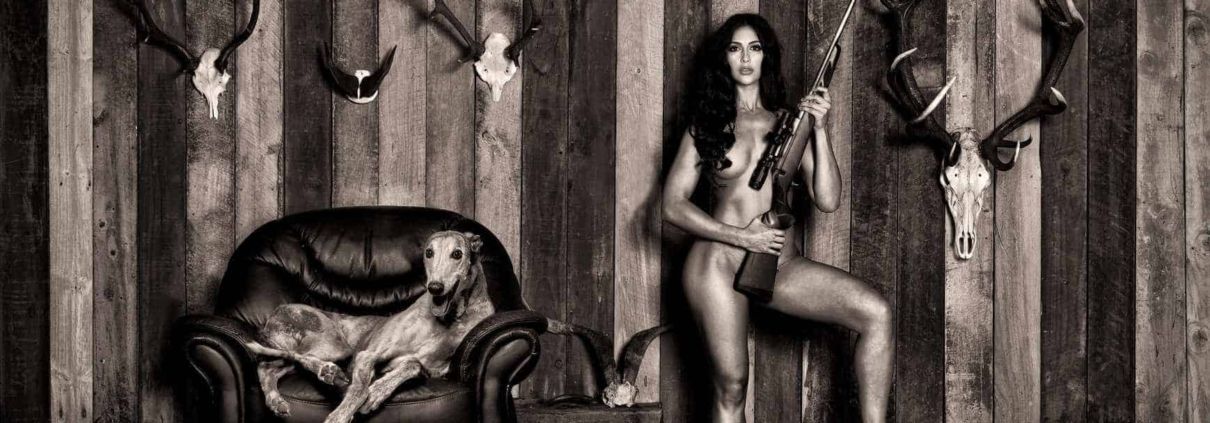 (c) Ilan Wittenberg
(c) Ilan Wittenberg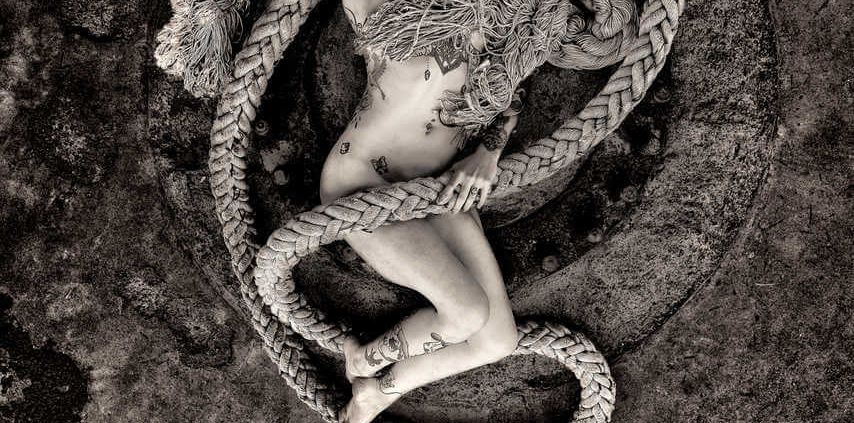 (c) Ilan Wittenberg
(c) Ilan Wittenberg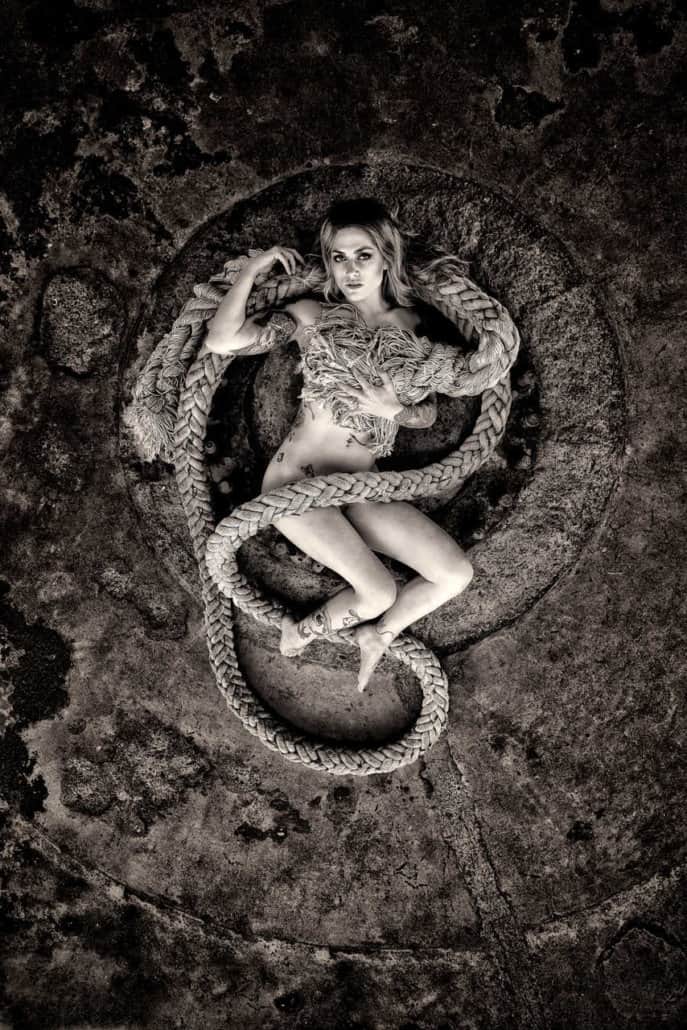
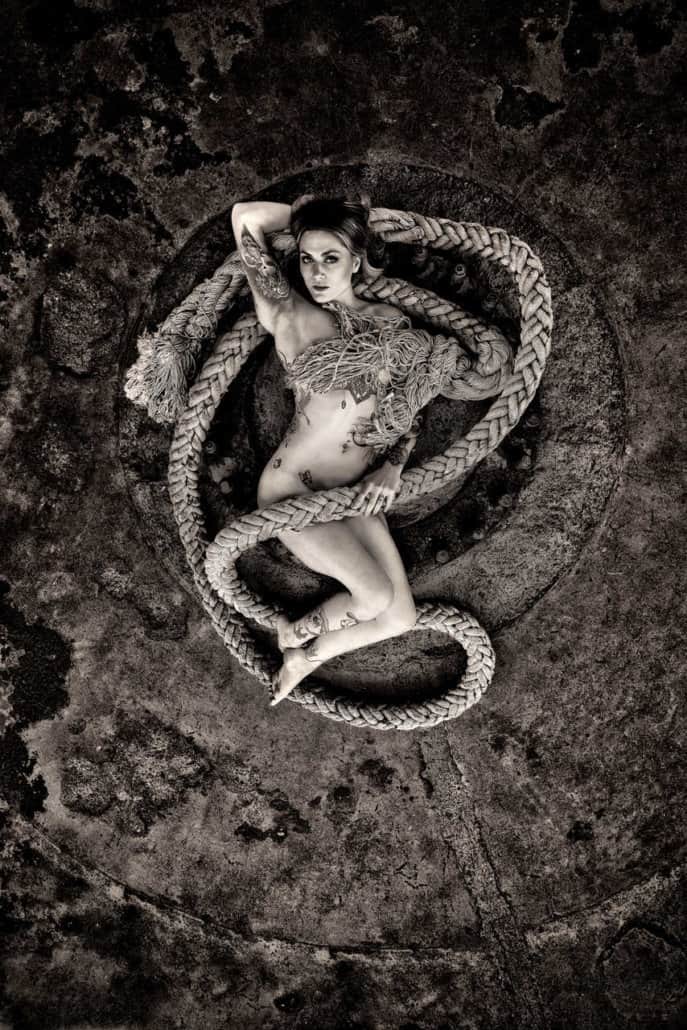
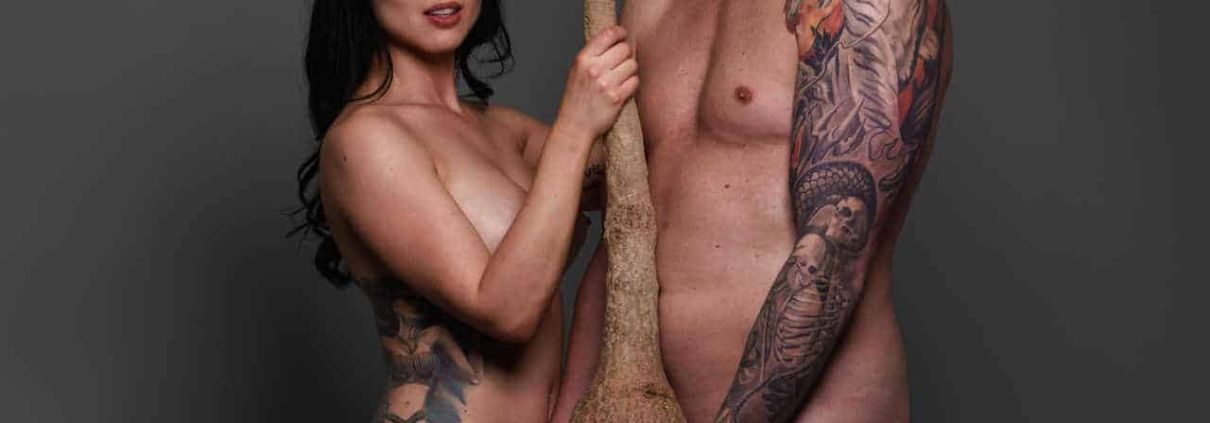 (c) Ilan Wittenberg
(c) Ilan Wittenberg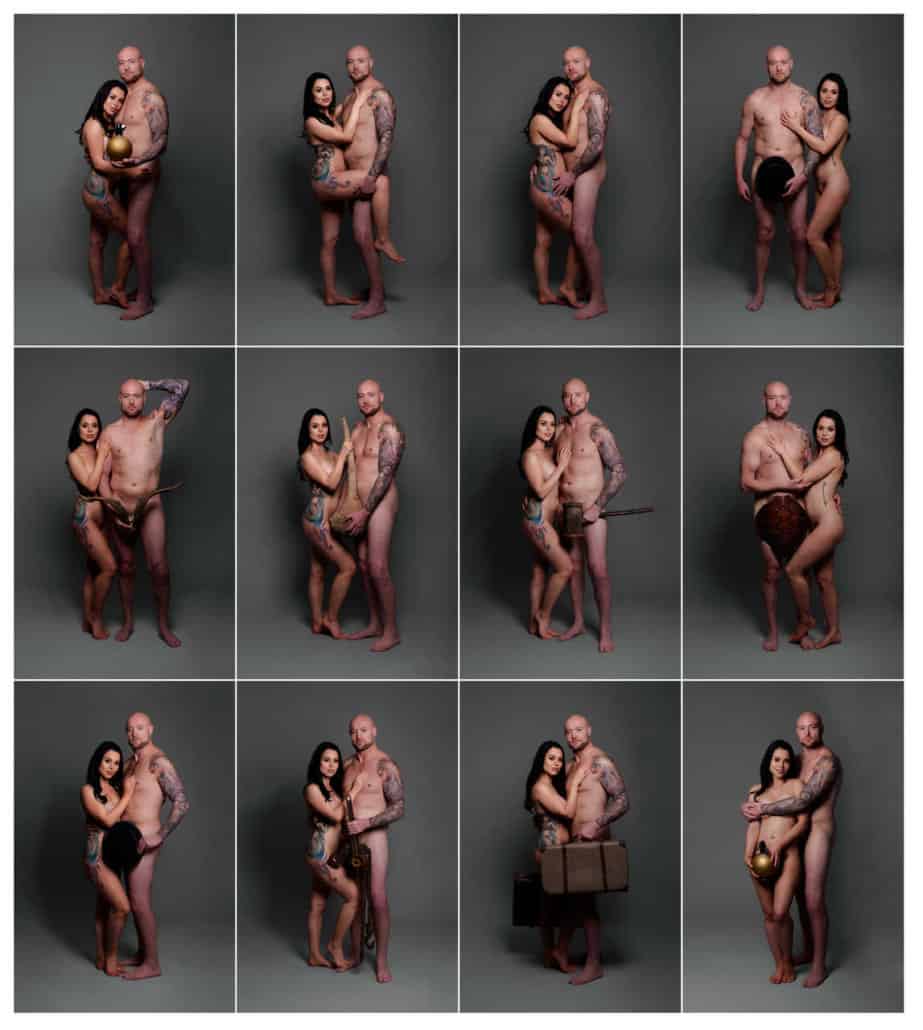
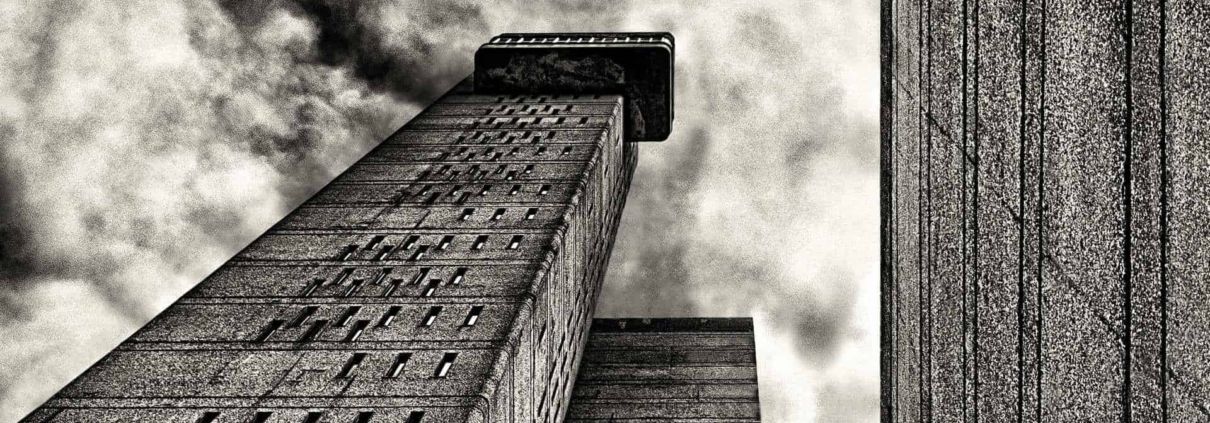 (c) Ilan Wittenberg
(c) Ilan Wittenberg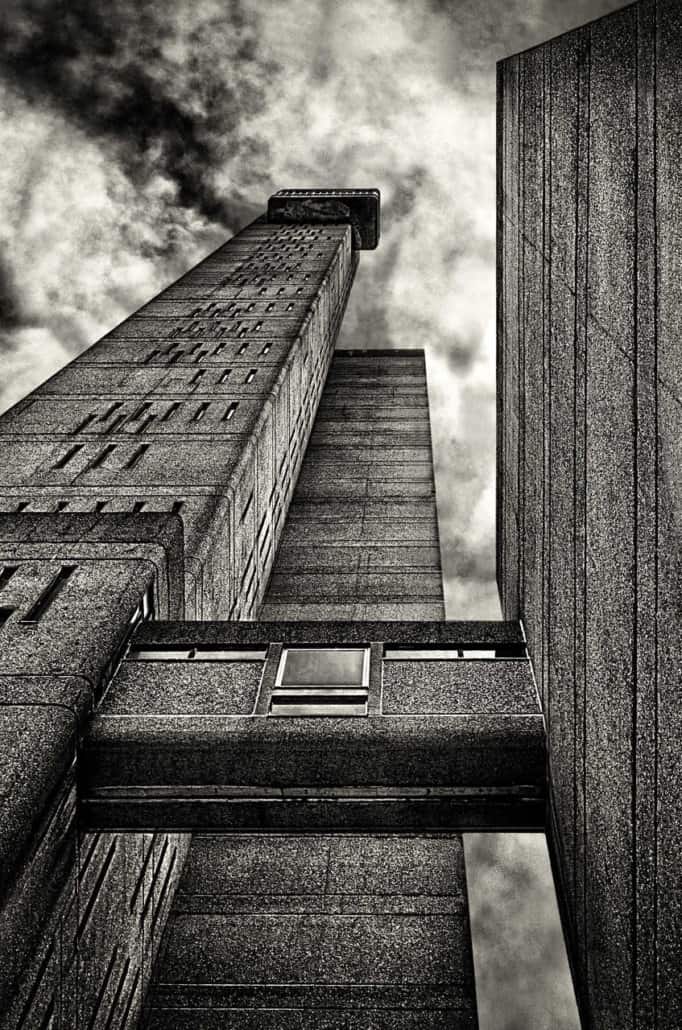
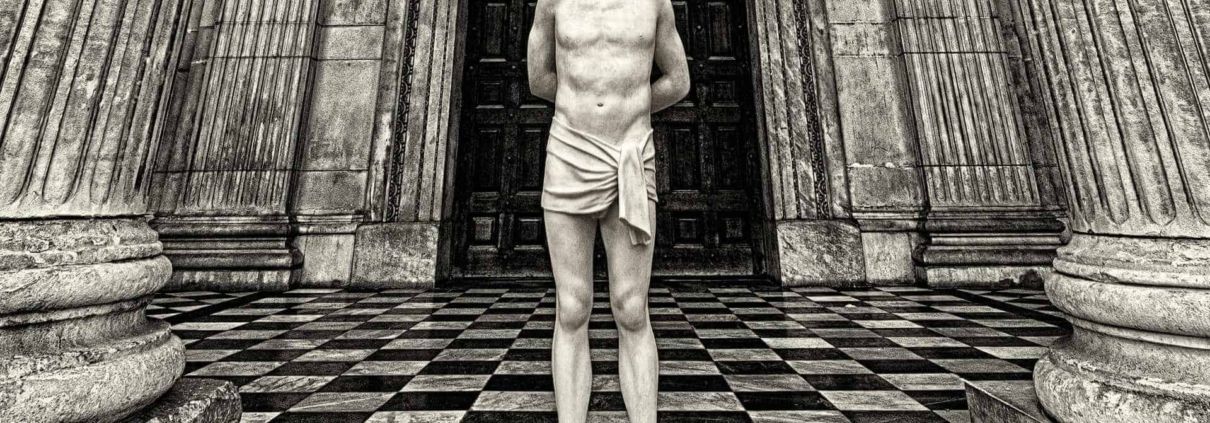 (c) Ilan Wittenberg
(c) Ilan Wittenberg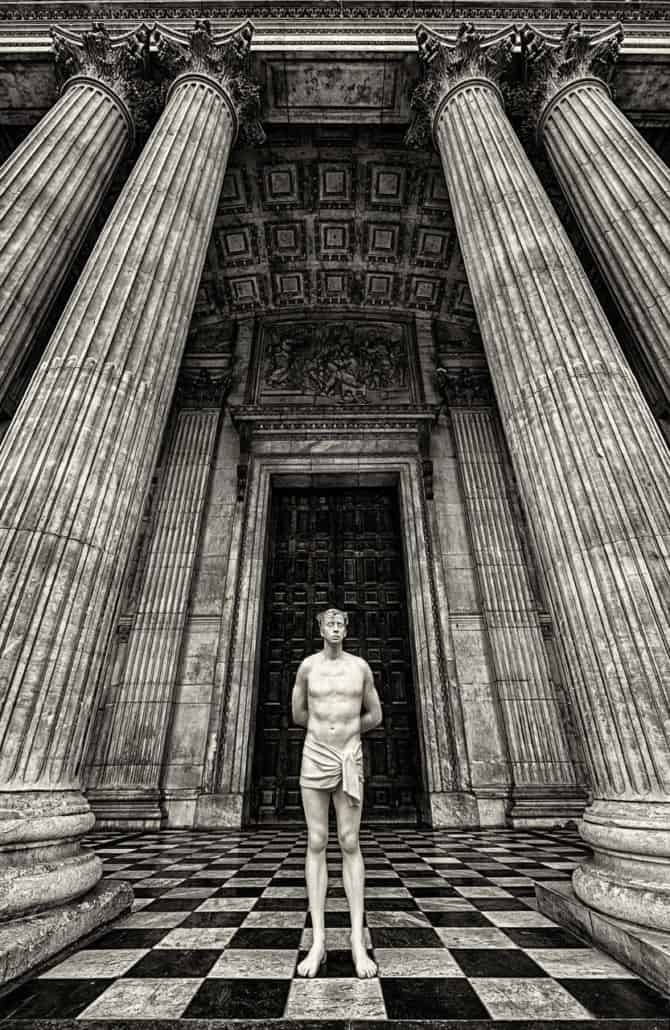
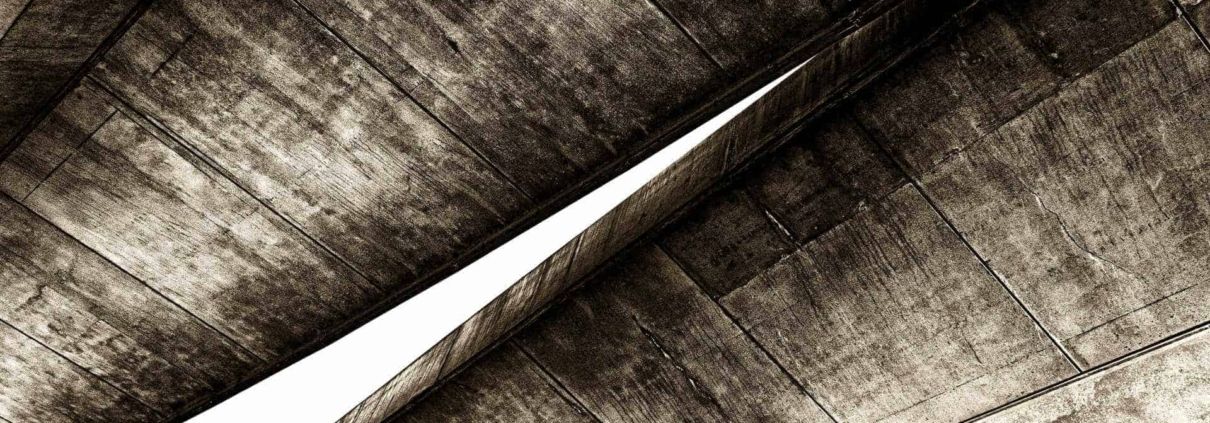 (c) Ilan Wittenberg
(c) Ilan Wittenberg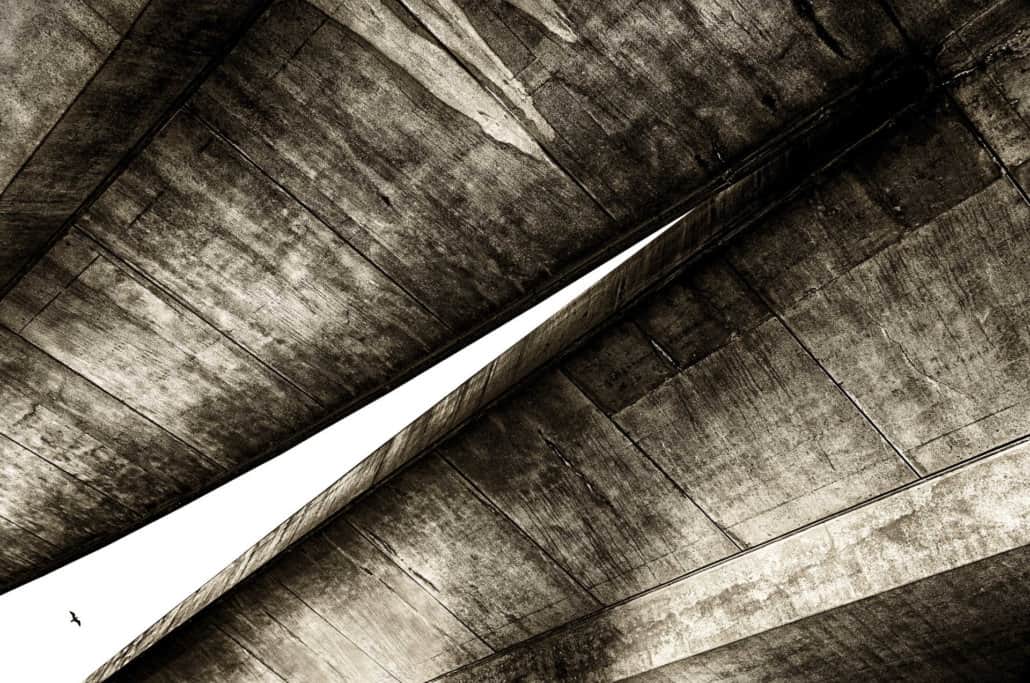
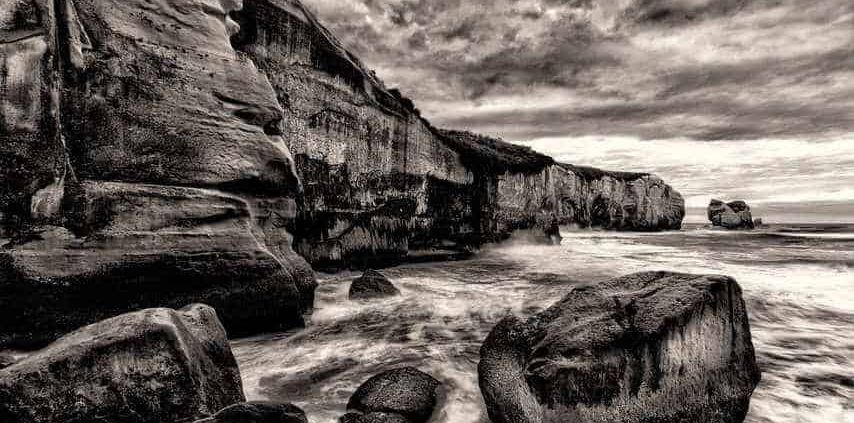 (c) Ilan Wittenberg
(c) Ilan Wittenberg